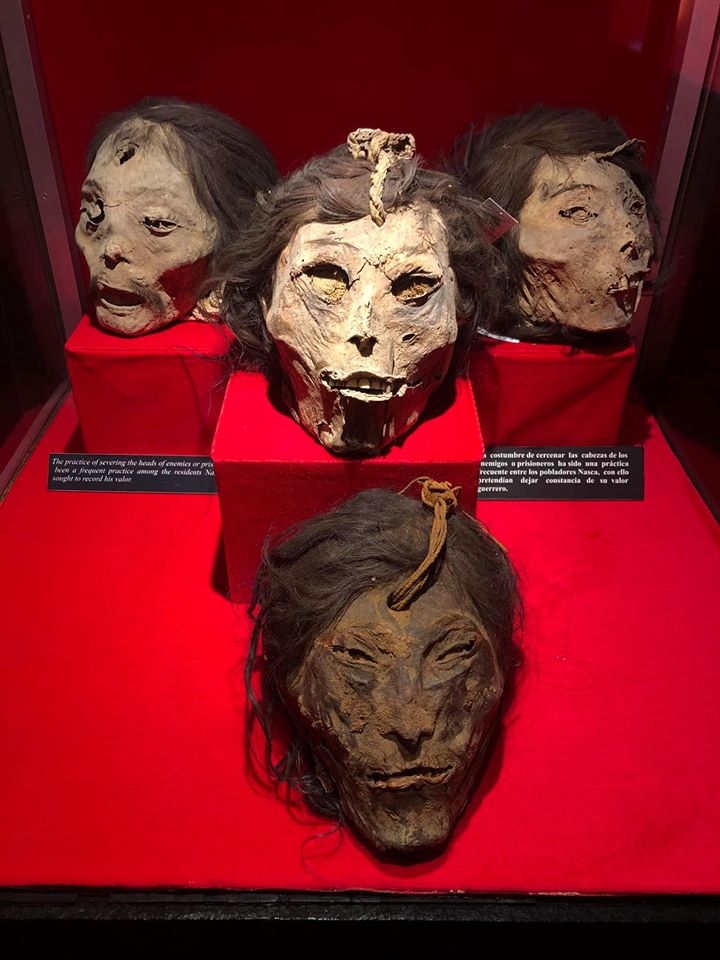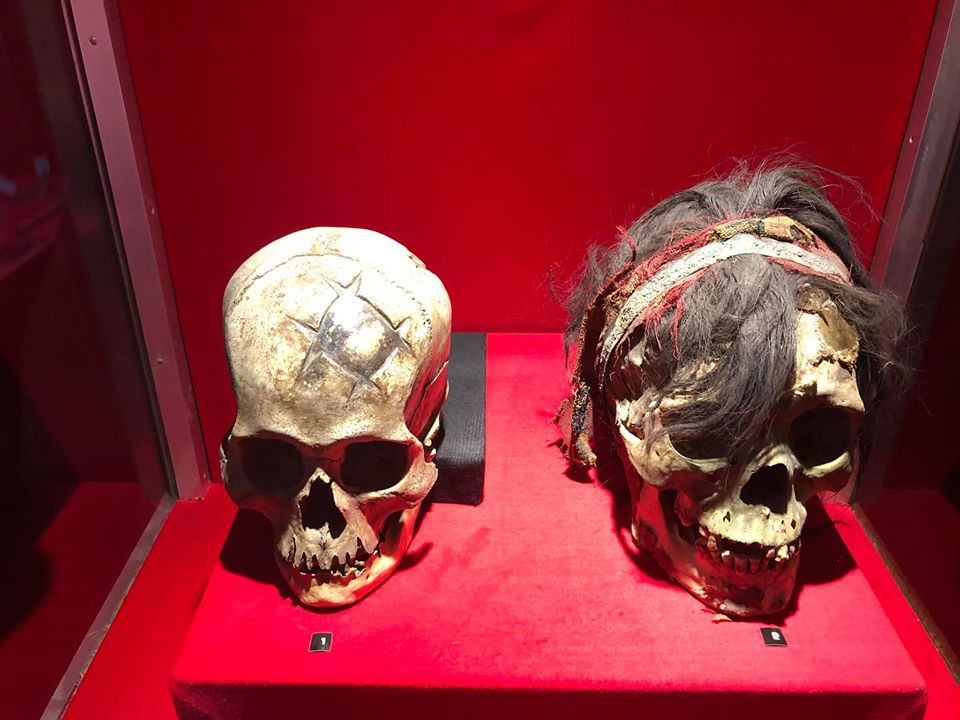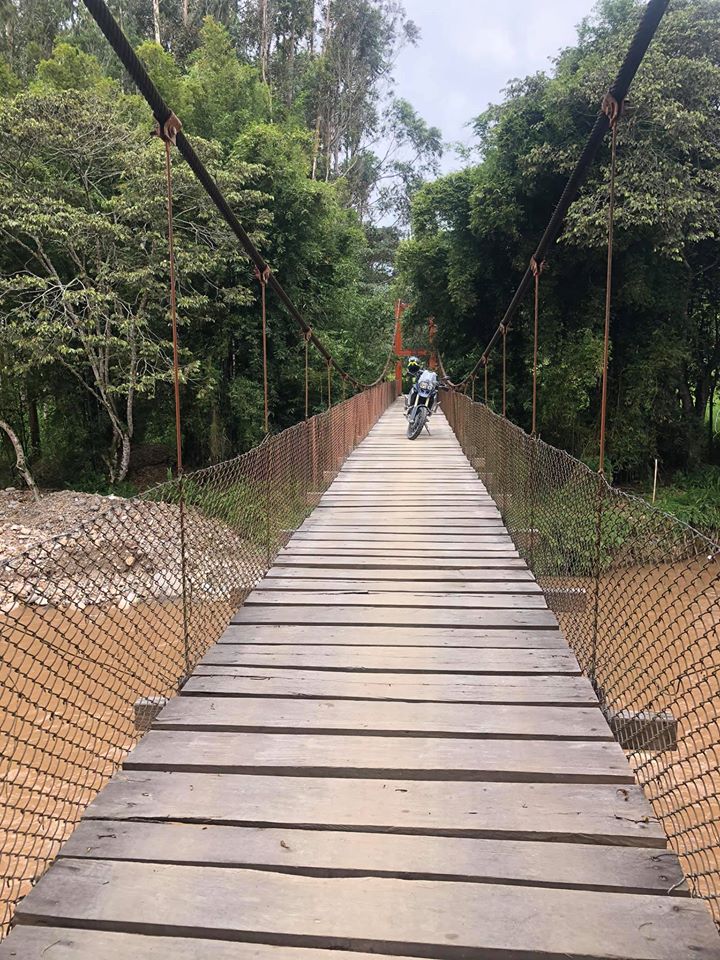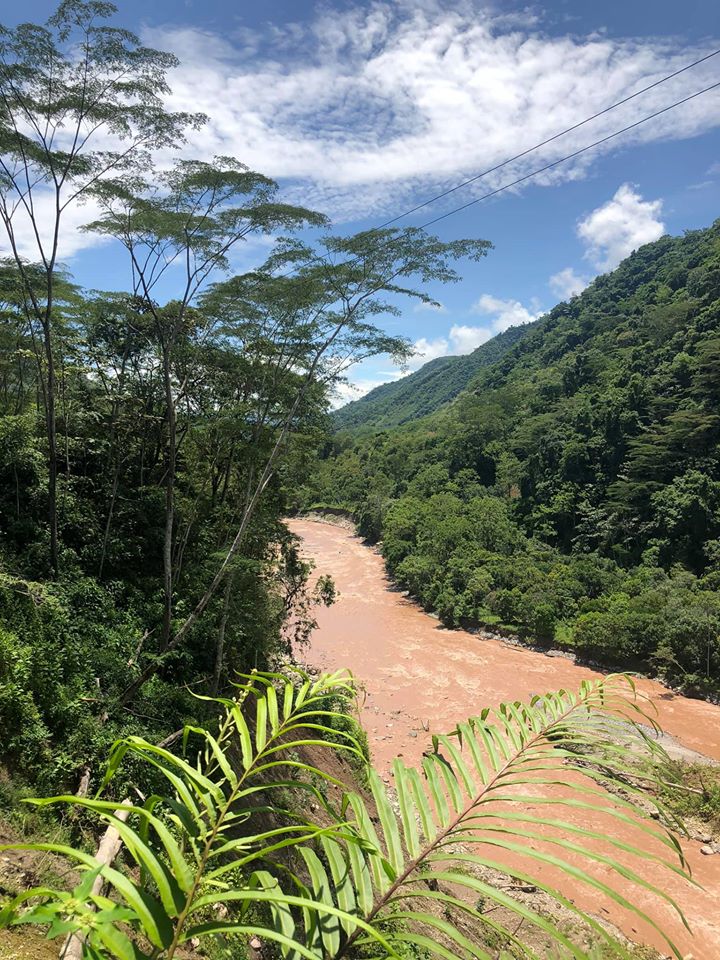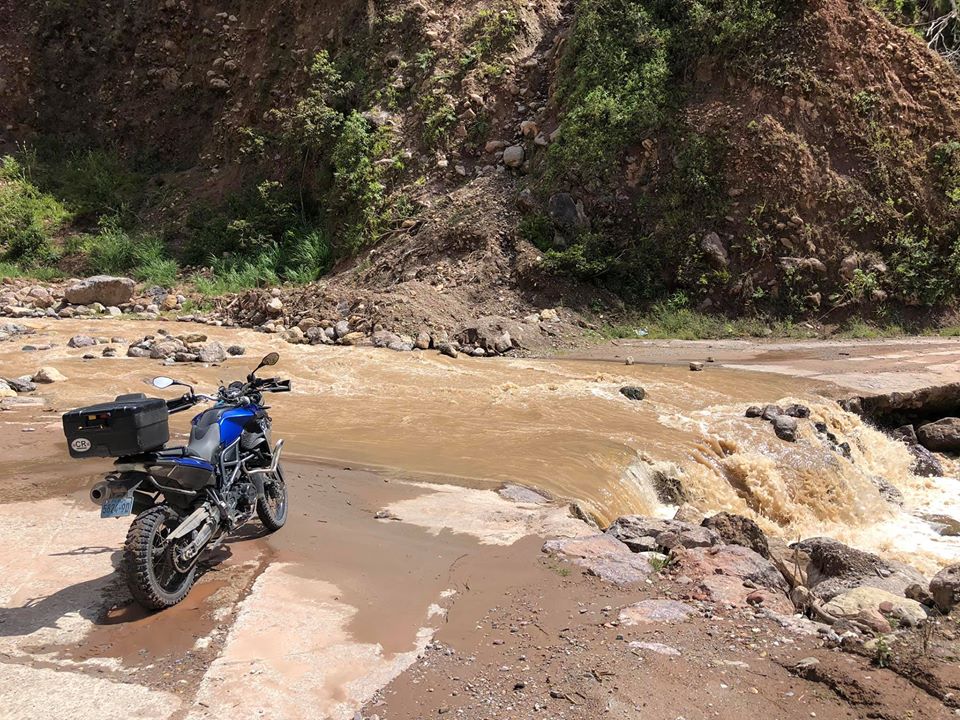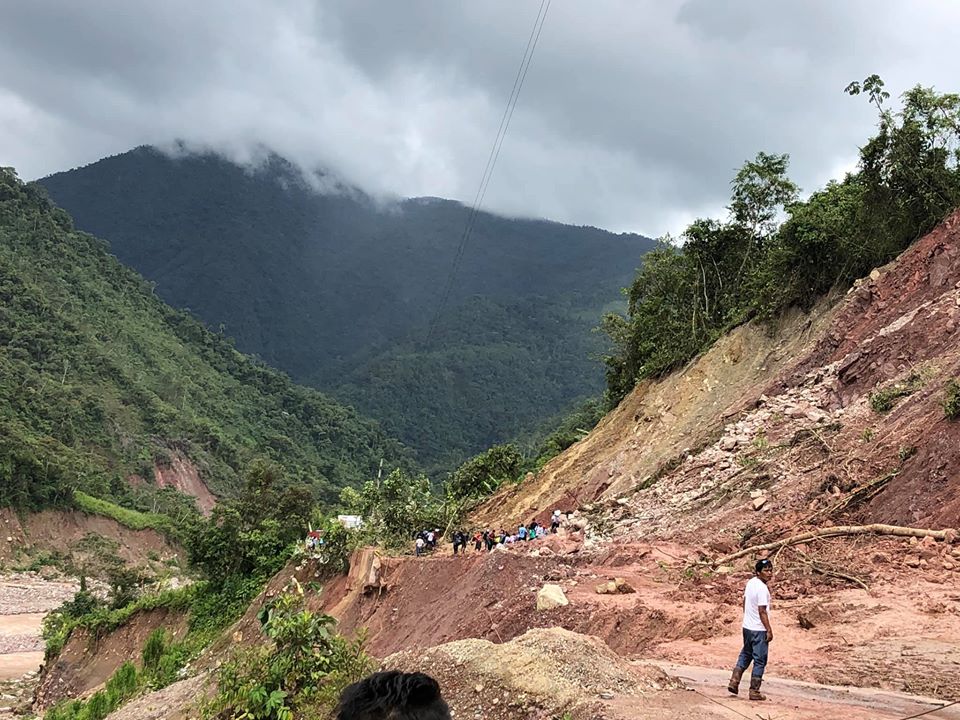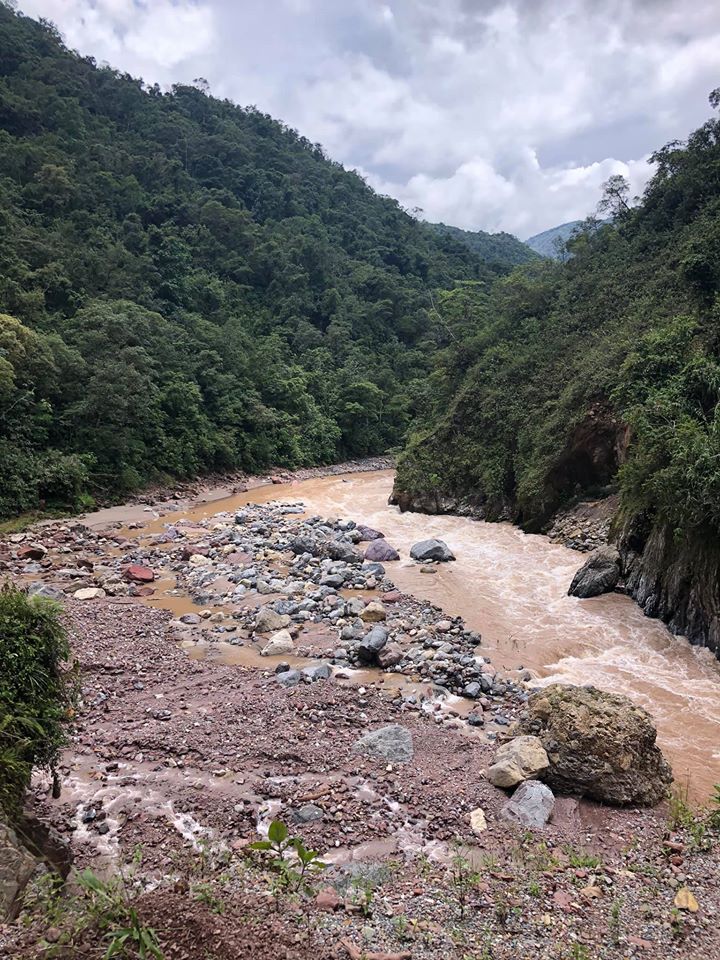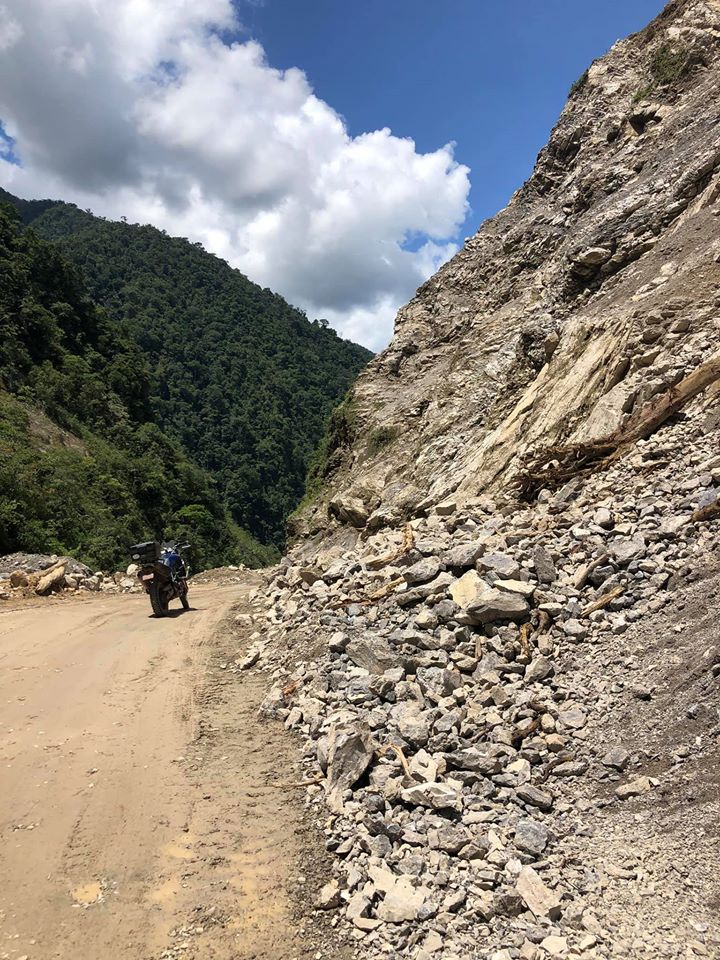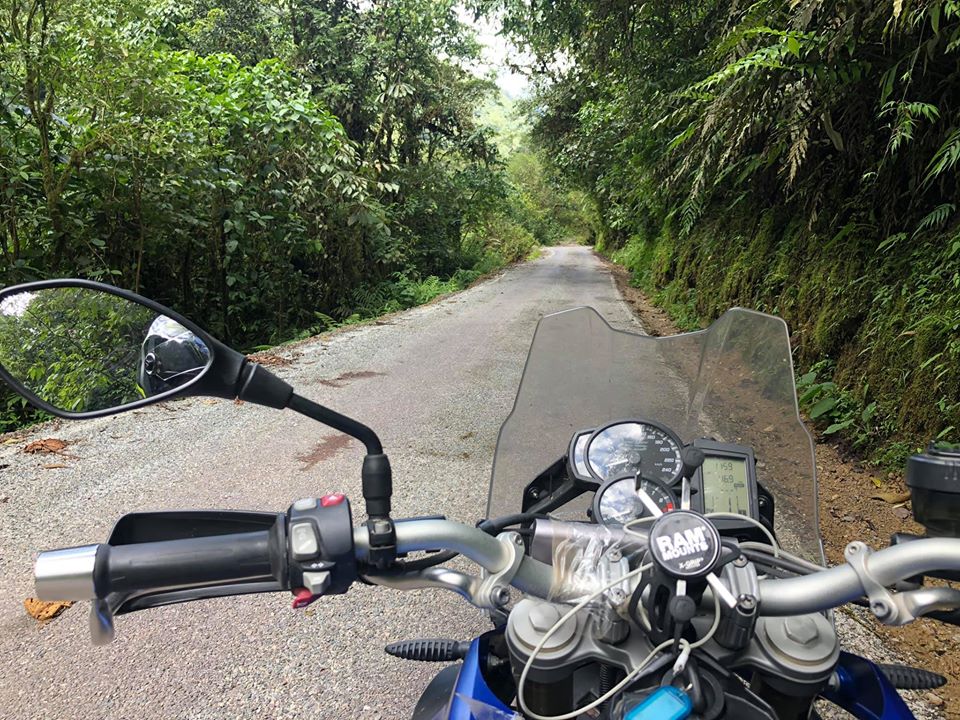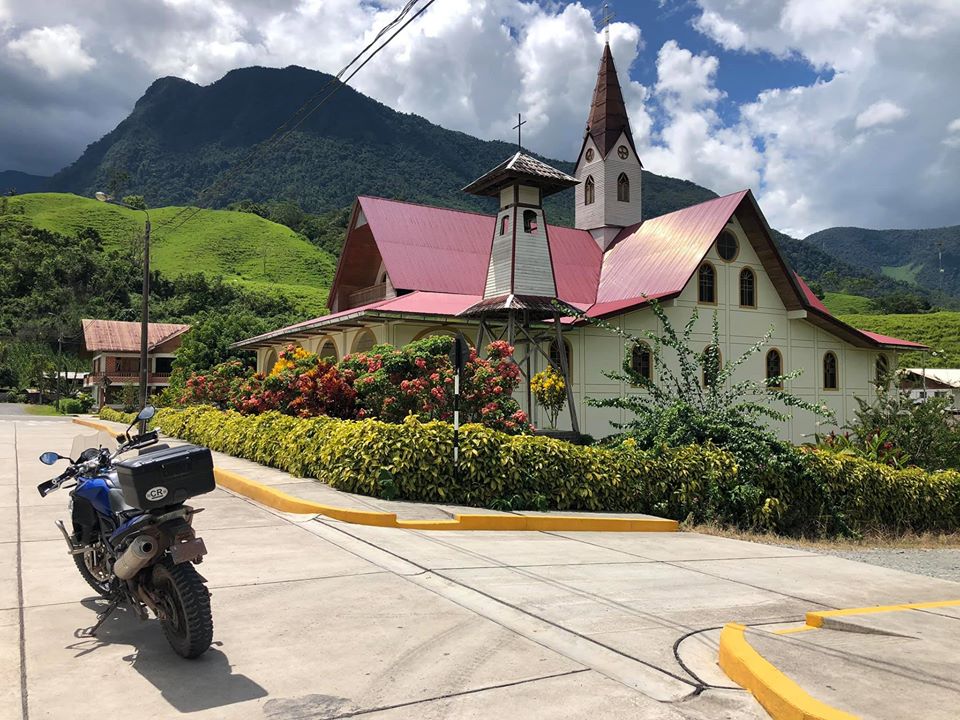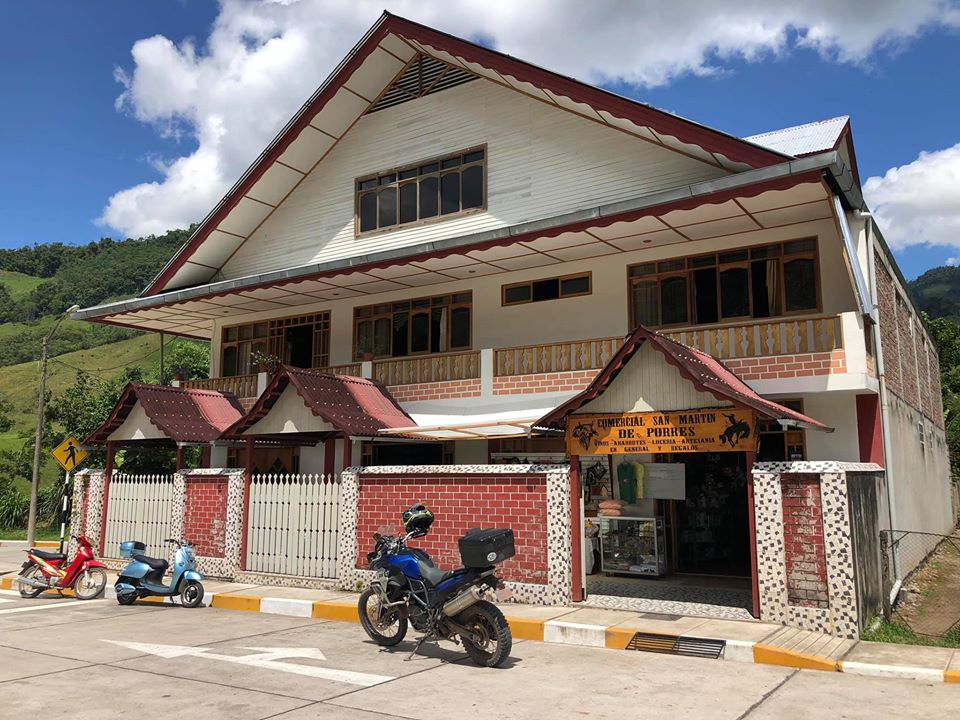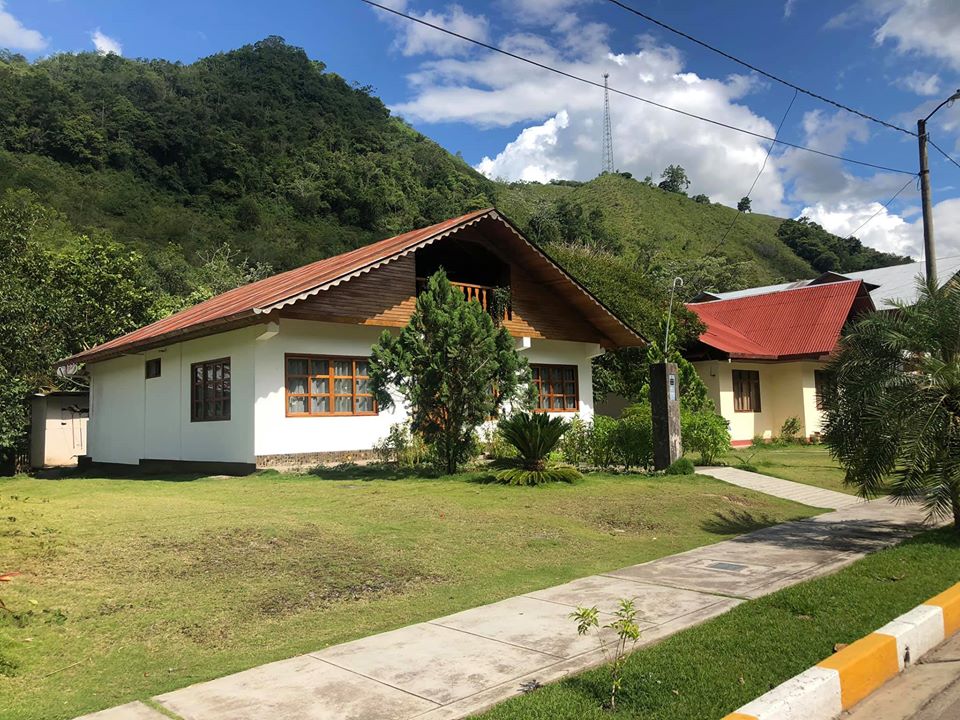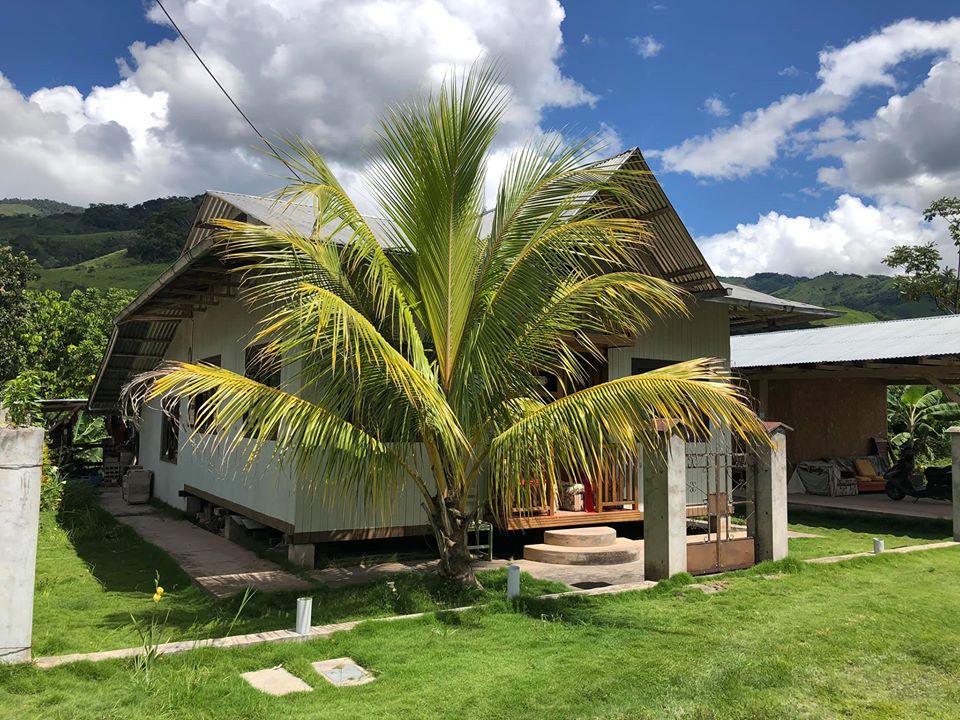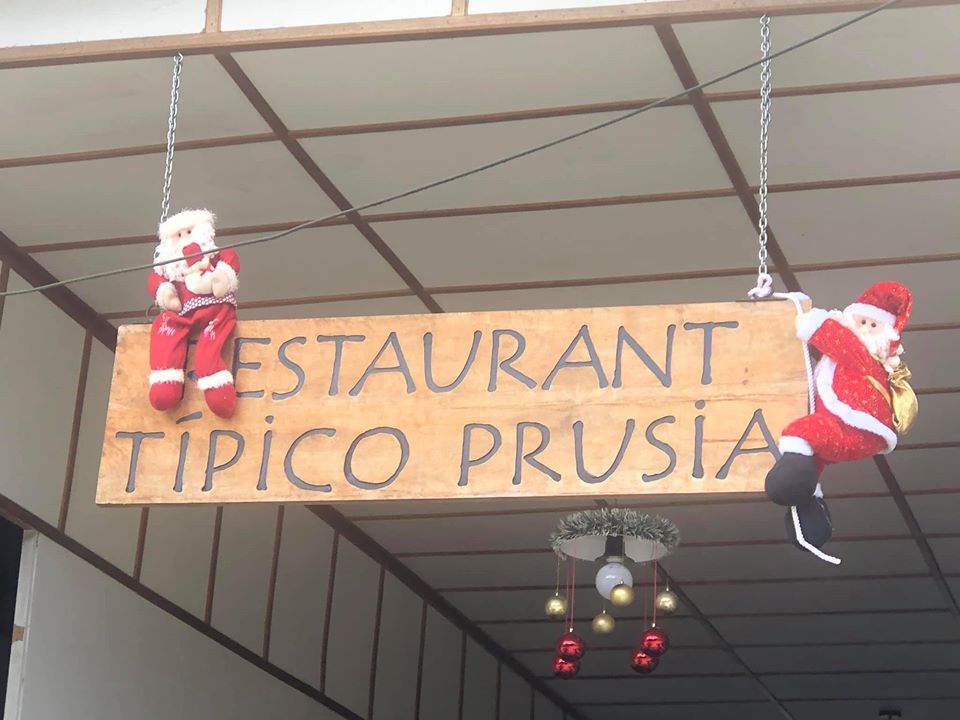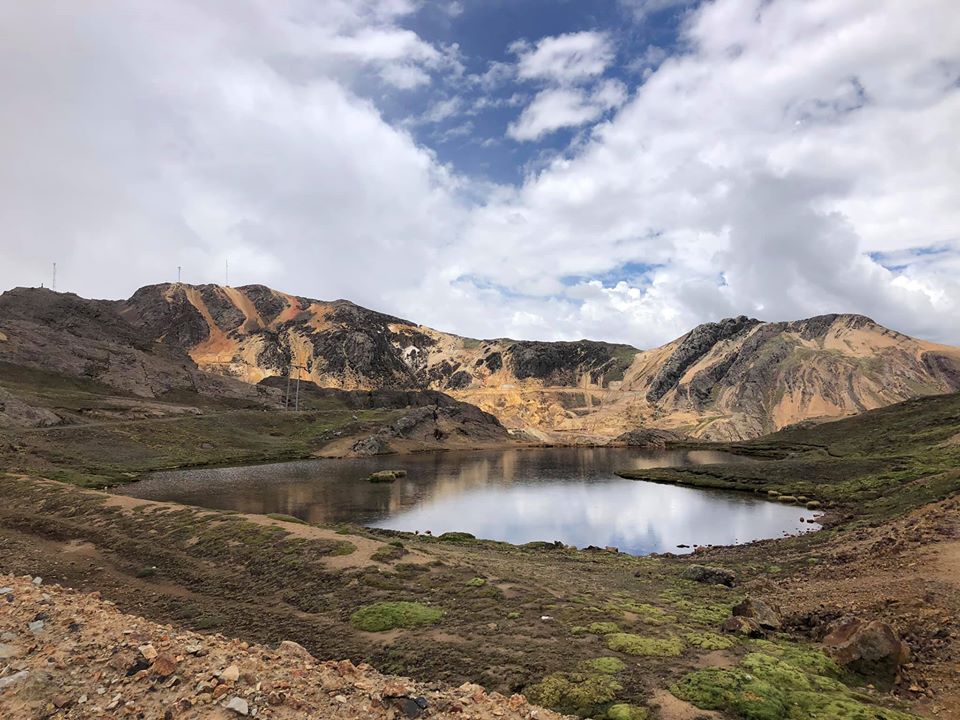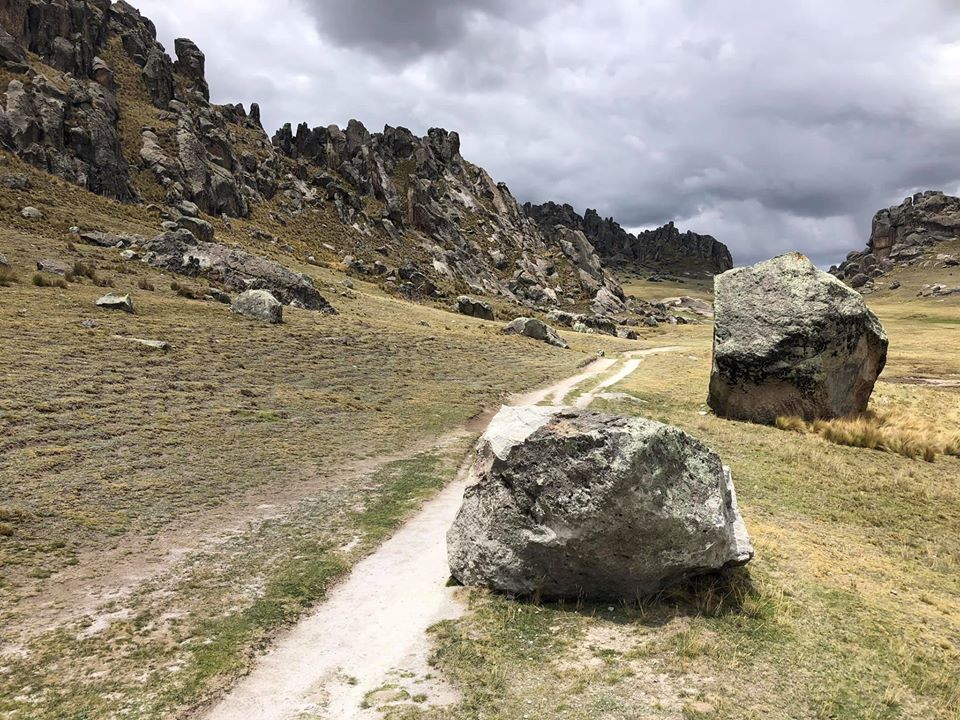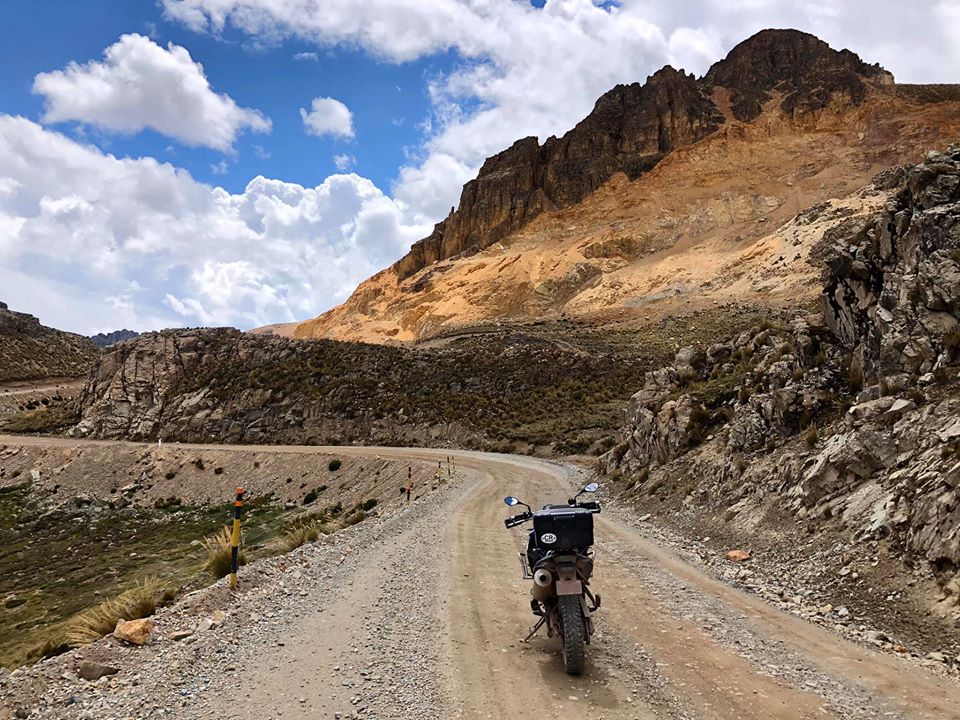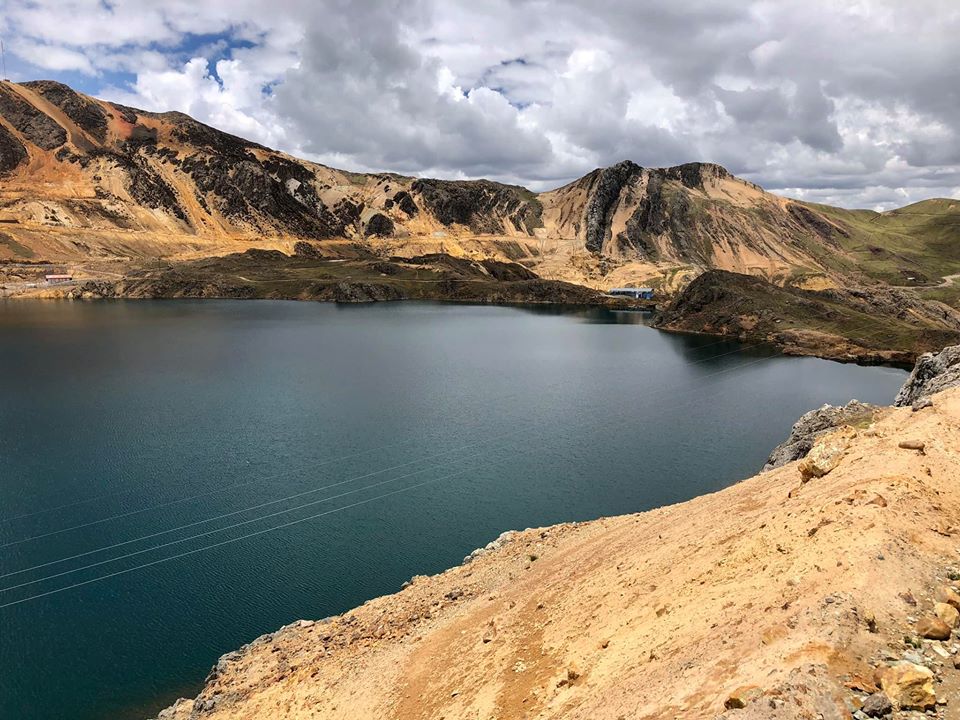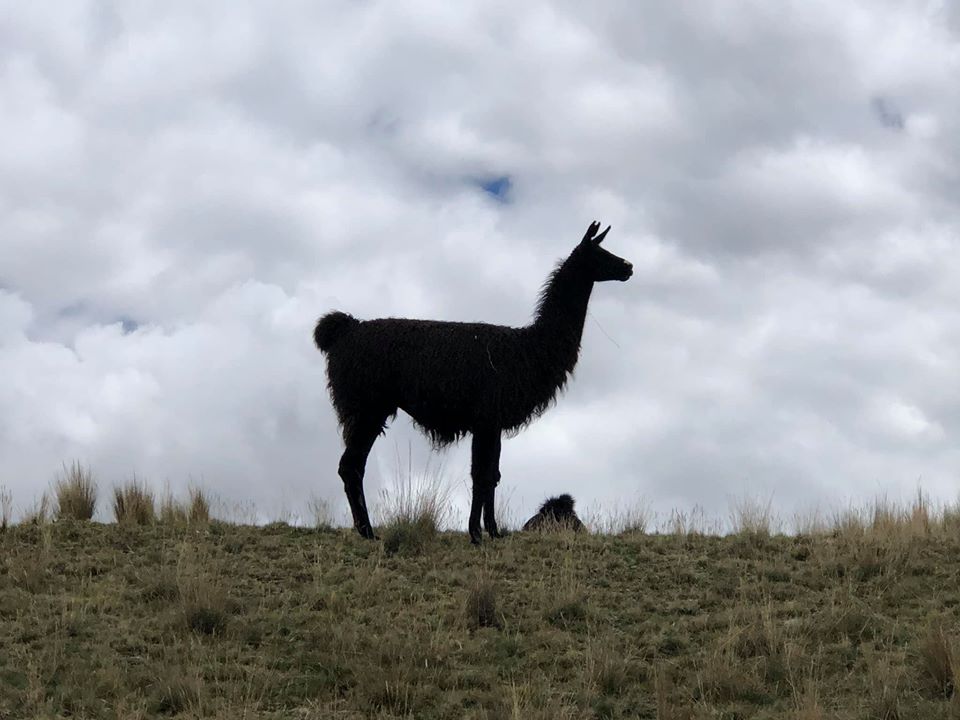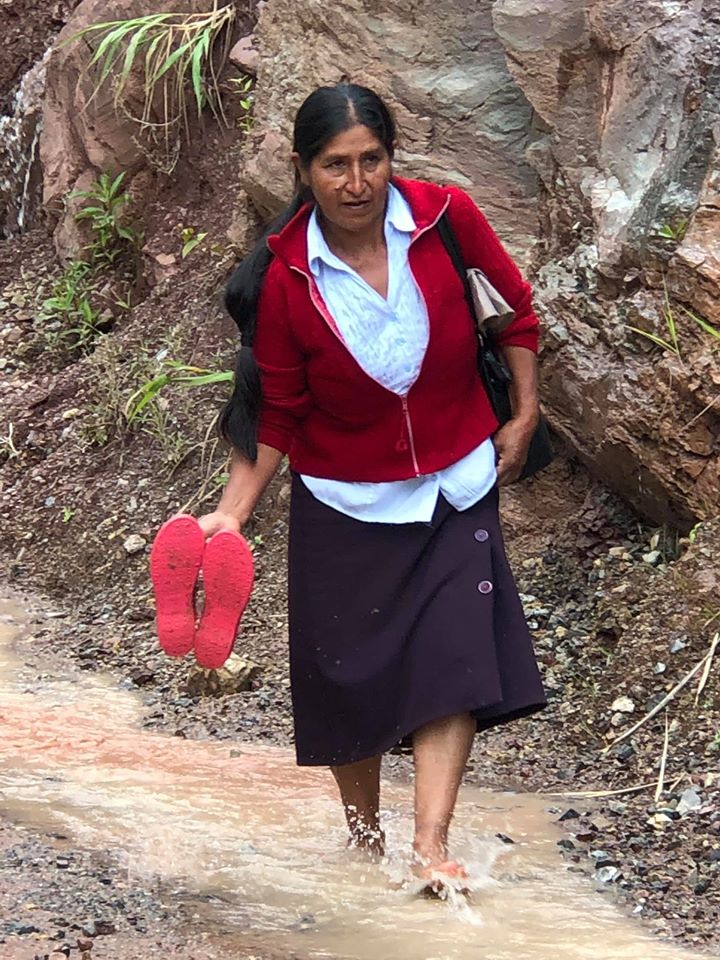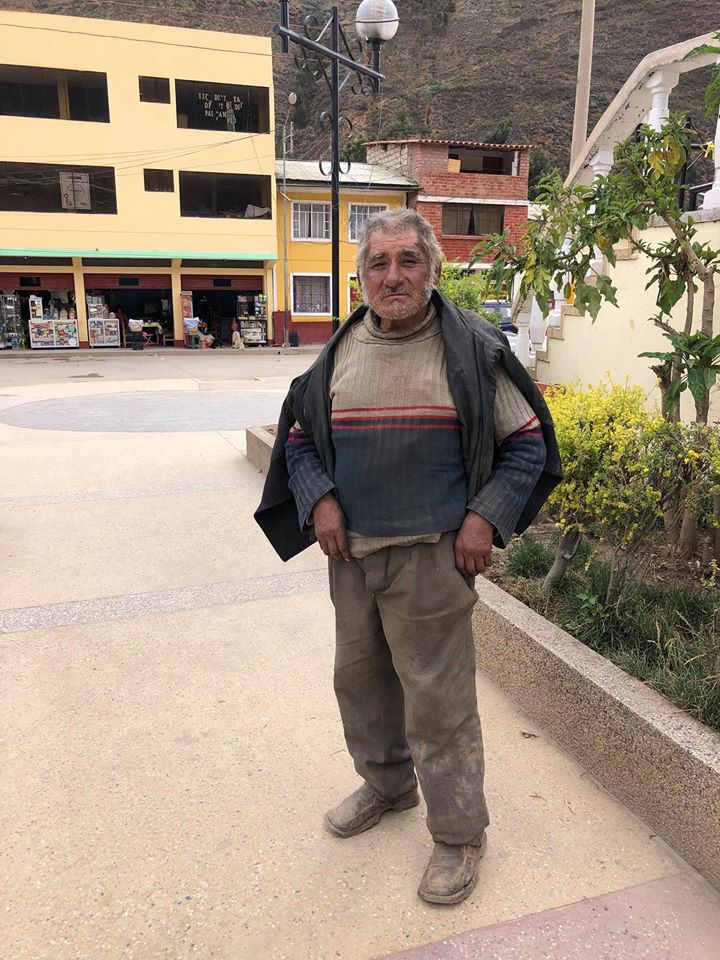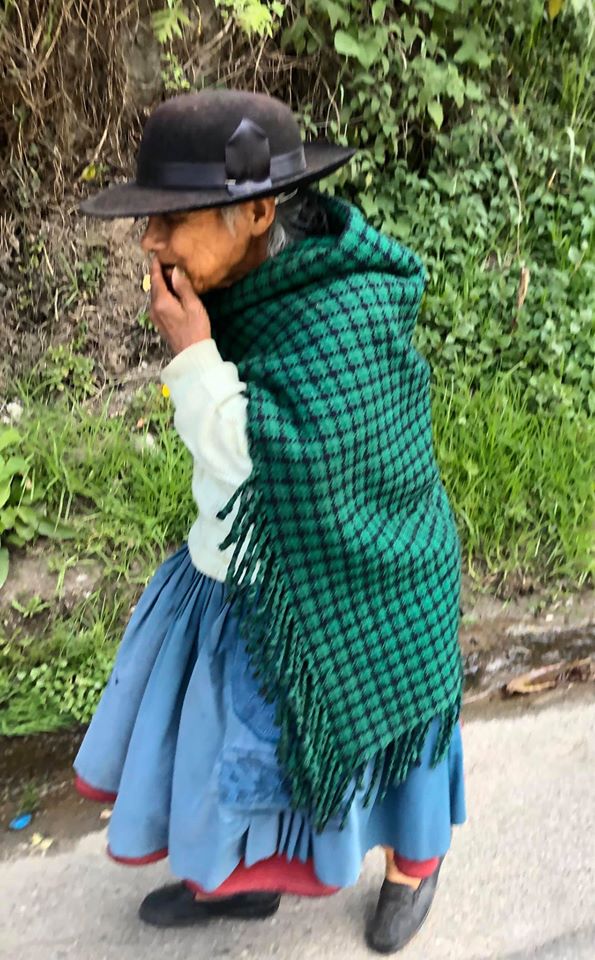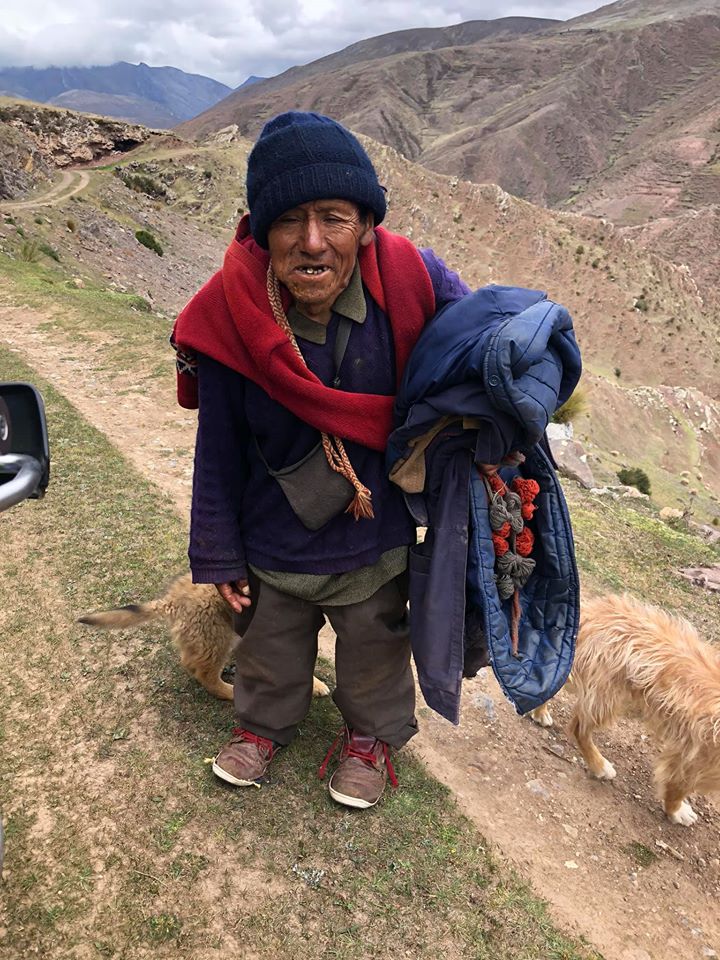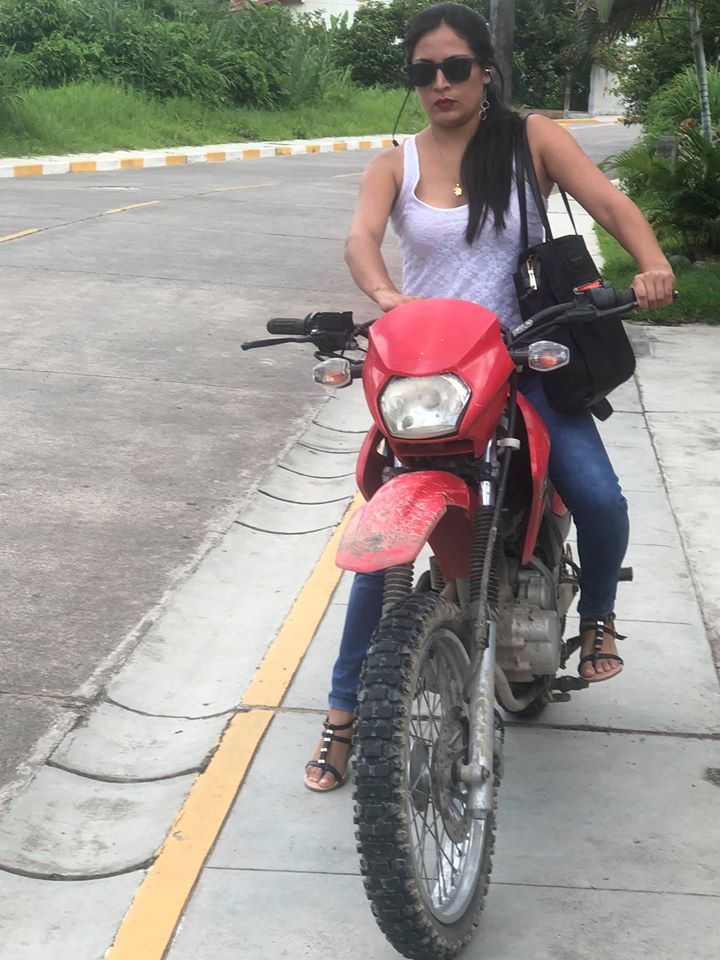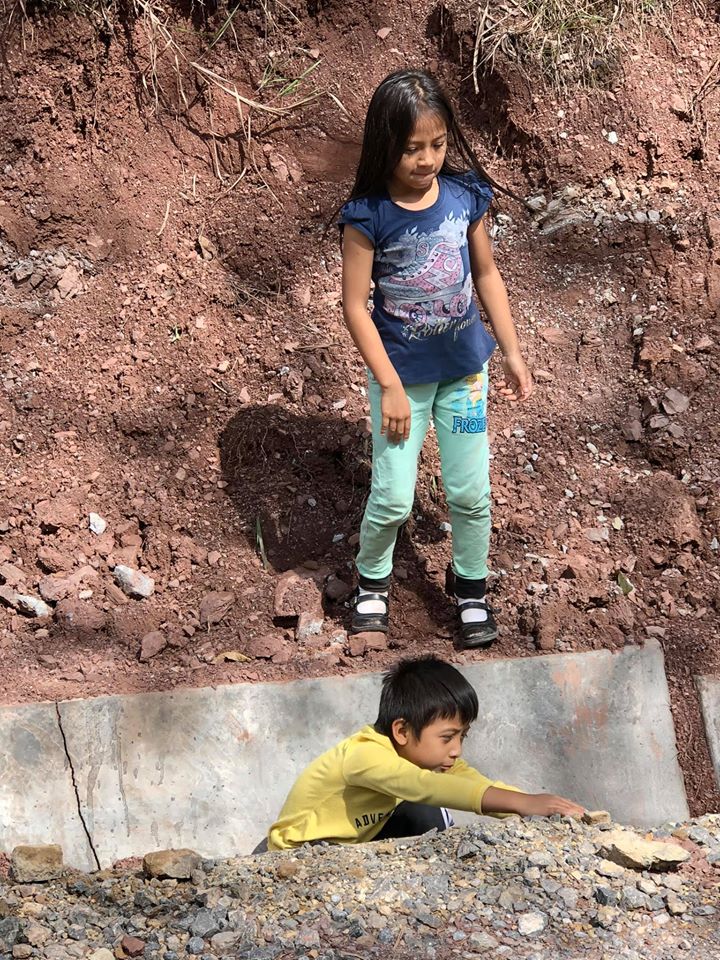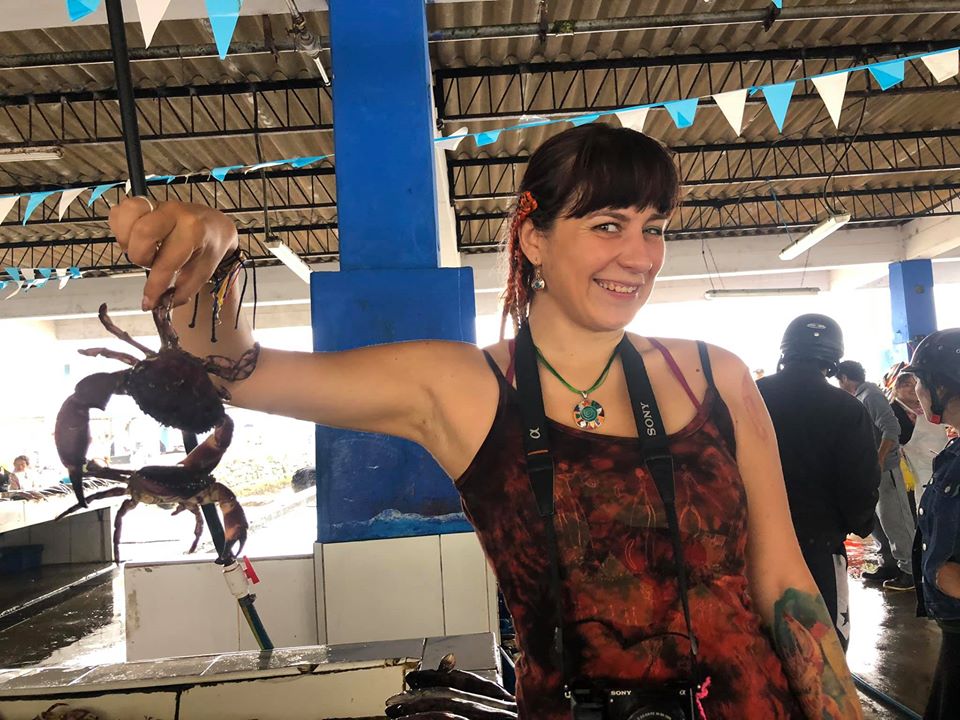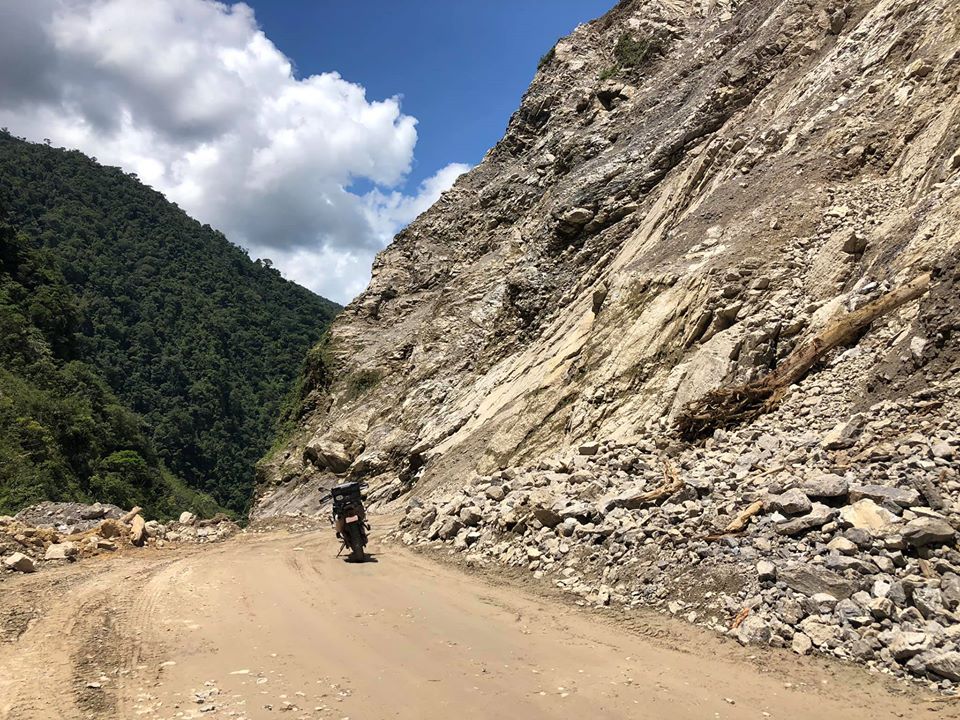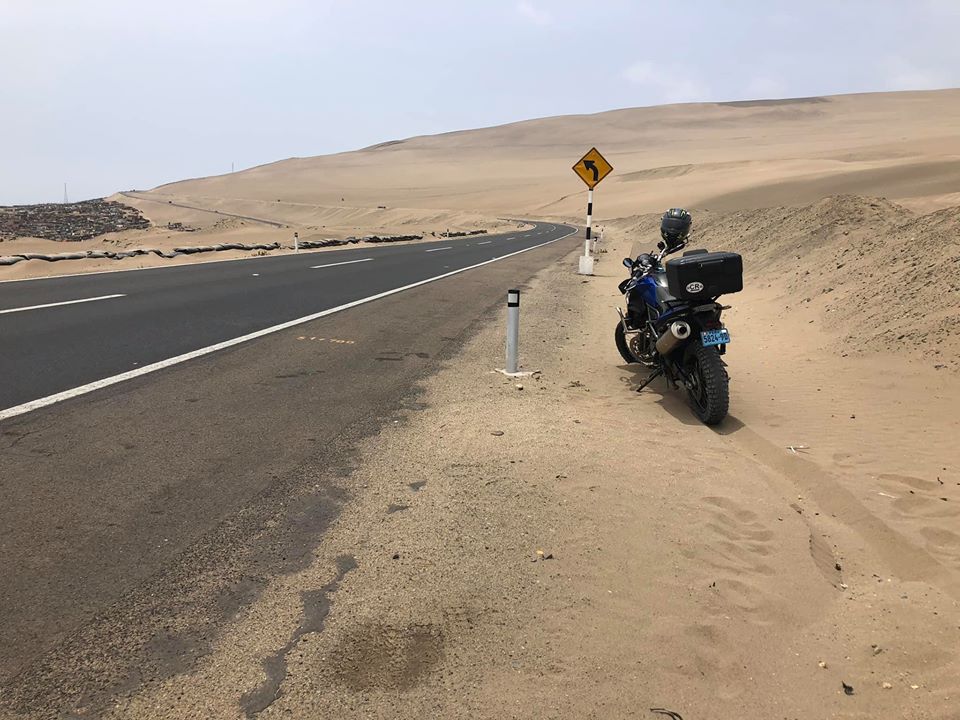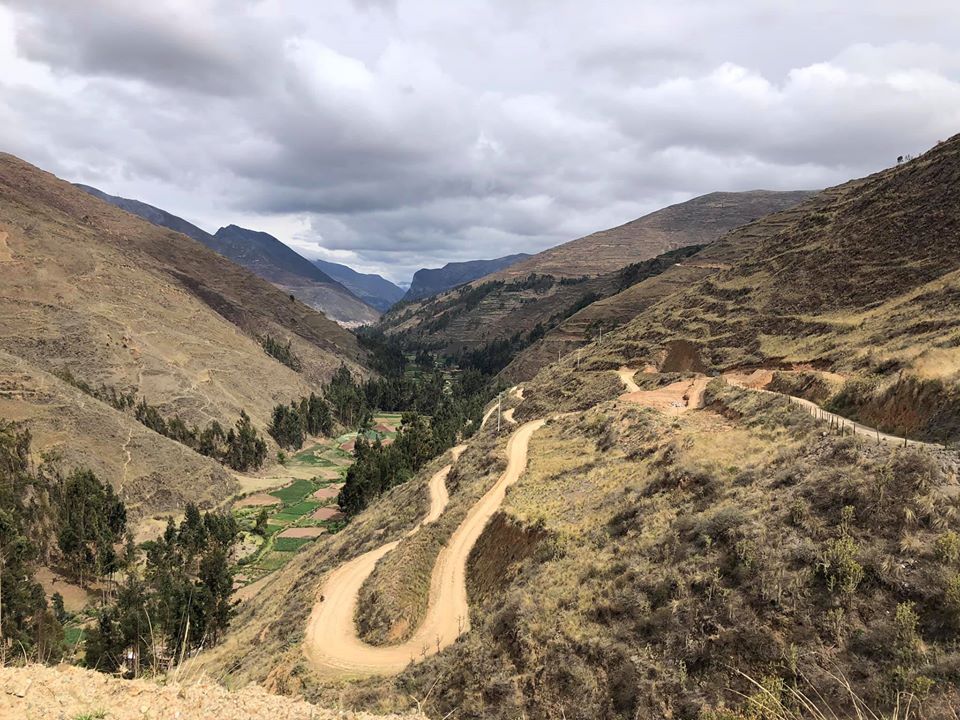A Motorbike journey to Latin America. Part 1. Peru
Lima
In my personal top of the capitals of the world I would write down the capital of the distant and mysterious country Peru, Latin America, somewhere at the end of the list.

Maybe I have such an opinion because I don't like big cities and in Lima there live about ten million residents and another million of the unaccounted Venezuelans (as a taxi driver told me). Or maybe it's because you should always be careful and hide your wallet away, do not walk with your phone in your hands, hold your bag tightly and keep alert all the time (even while walking around the historical centre). The very first day I was reminded of these rules ten times by different people: the hotel manager, the waiter, taxi drivers and just passers-by.
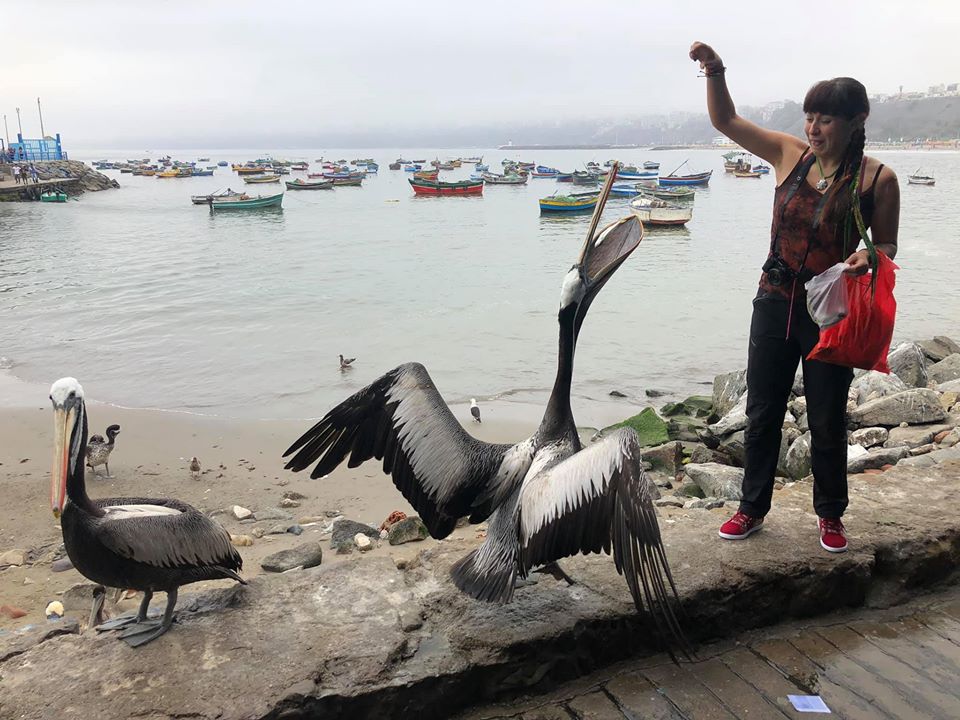
Lima is a very contrasting city. There are expensive fashionable districts, like the local "Rublevka", which the elite of the country lives in. And there are also "favelas", which are the areas of the poor, with chaotic buildings that can hardly be described as human housings.

If one does not take into account the elite districts, Lima can't be described as a well-groomed city, in my view. It is like Moscow in the mid-90s. And the same thing with the traffic (like the one in Moscow 25 years ago). Well, it's even much worse. In Lima there is no culture of "giving way". It doesn't work even if you drive up to the crossroad at the main line. Nobody will let you pass until you make your way by signalling and squeezing into the micro gaps between the cars.

Nevertheless, there are certainly a lot of interesting attractions: in some districts the pieces of colonial architecture have been preserved, the local cuisine is good and the museums are fantastic. We also enjoyed the ocean coast with huge waves, surfers and paragliders.
Shoeshiner is quite a common profession here.
The Andes
I have finally escaped from the suffocating embrace of the capital of Peru and now I'm going to see how people live far from civilization within the next few days. I quickly issued the documents for BMW motorbike rental in one of the small companies in Lima and finally left this city with a feeling of relief.
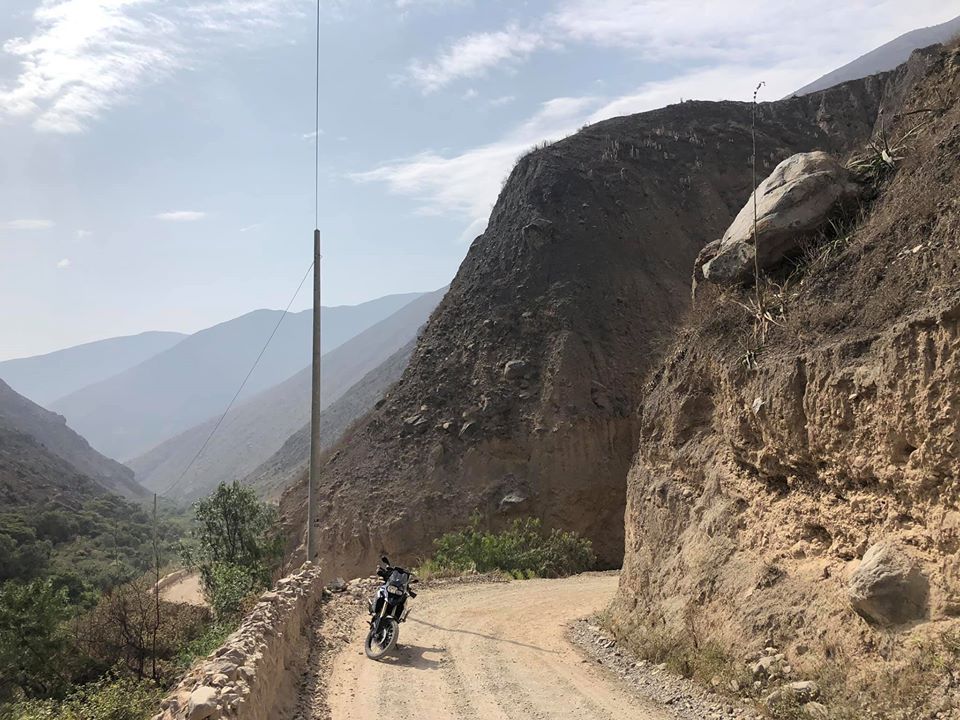
As always I have no clear plan, I have only the direction. I'm going east across the mountain range of the Andes into the Selva.

There are three climatic zones in Peru.
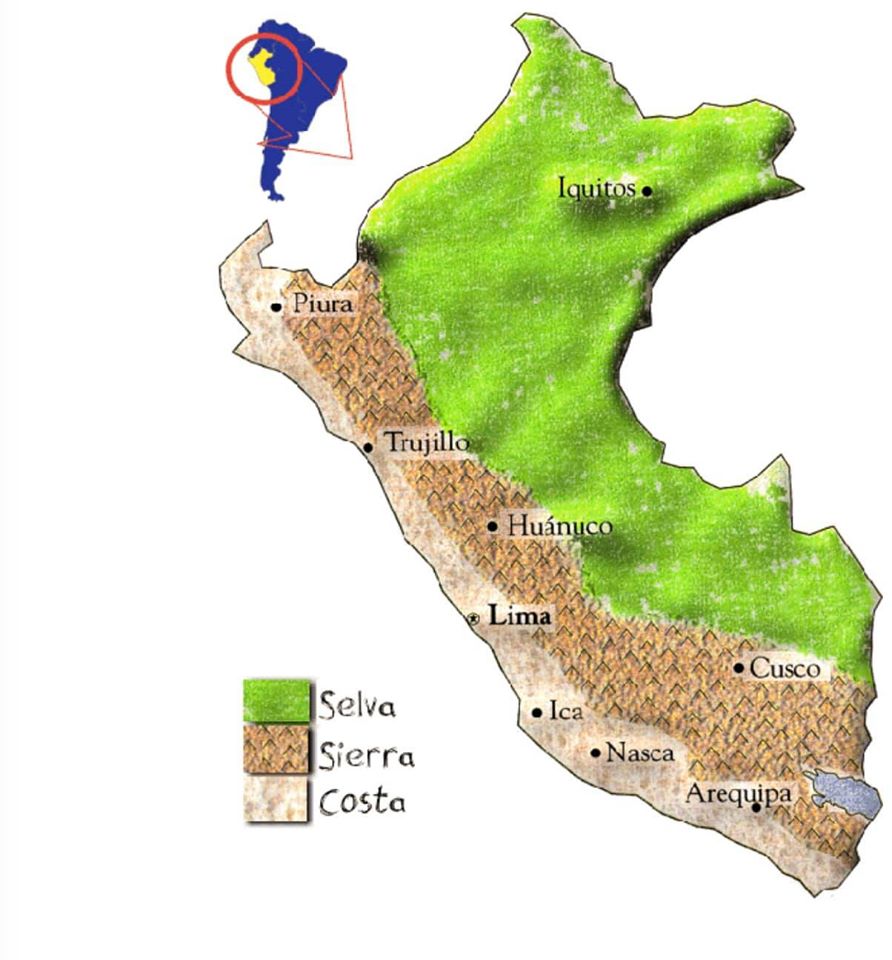
"Costa" is the coast of the Pacific Ocean, including sandy beaches and foothills. It is the most populated and developed part of the country and the Pan-American Highway (Panamericana Norte) passes here.
The "Sierra" is a mountainous part of the country, which is stretched from north to south.
"Selva" is the largest and least explored area. It's the jungle of the Amazon River Valley, which is impassable.
So I will try to travel through all three zones in order to get a complete experience of this wonderful country.
Sierra
For the first time in my life I fell ill with altitude sickness. While I was passing Abra Antajirca, which is 4780 m high, I got into rain and snow, therefore, got wet and froze. However, I had managed to reach the nearest village Huayllay at an altitude of 4400 m before it got dark.
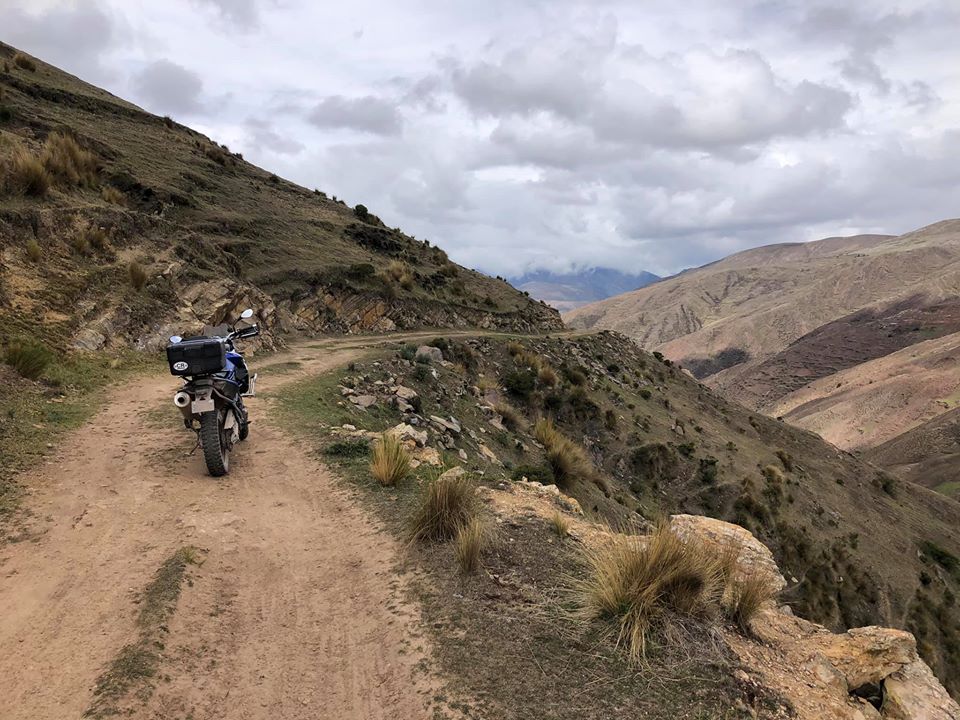
Luckily, there was a small hostel, which I checked in. The temperature in the room was the same as outside: +6°C only. But there were 5 woolen blankets laid on the bed. Five blankets! There was also a shower with ice cold water and a toilet. The latter one became my best friend for the whole night. We spent it together in hugs.
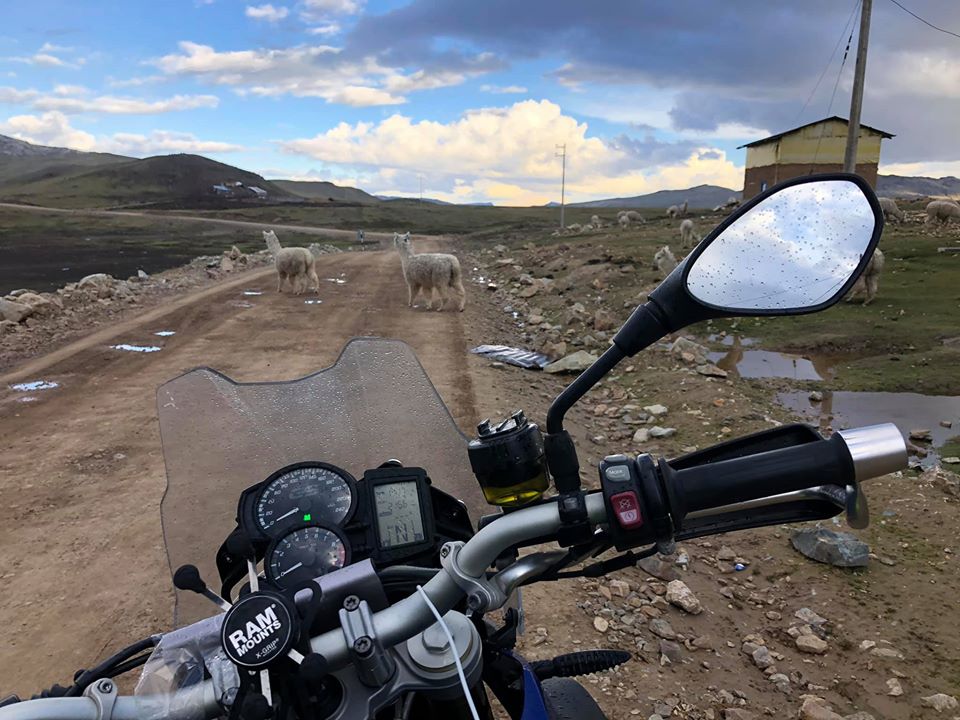
I had a terrible headache and my stomach was turning inside out. The same thing had happened to me long ago, when I had been diving in Egypt and had got the decompression sickness because of my carelessness. I wished I hadn't left my first-aid kit with pills in Lima. Everything would have become a little better if I had taken an aspirin, at least. But that moment I felt like I was dying.

Early in the morning I put effort into getting dressed, took my motorbike and set off down to the eastern slope of the Andes. At the height of 3500 m I felt a little better and then life gradually returned to my exhausted and dehydrated body in proportion as I descended lower. When I was at the point of 2000 m high, my condition improved so much that I was able to have a snack in some country eatery.
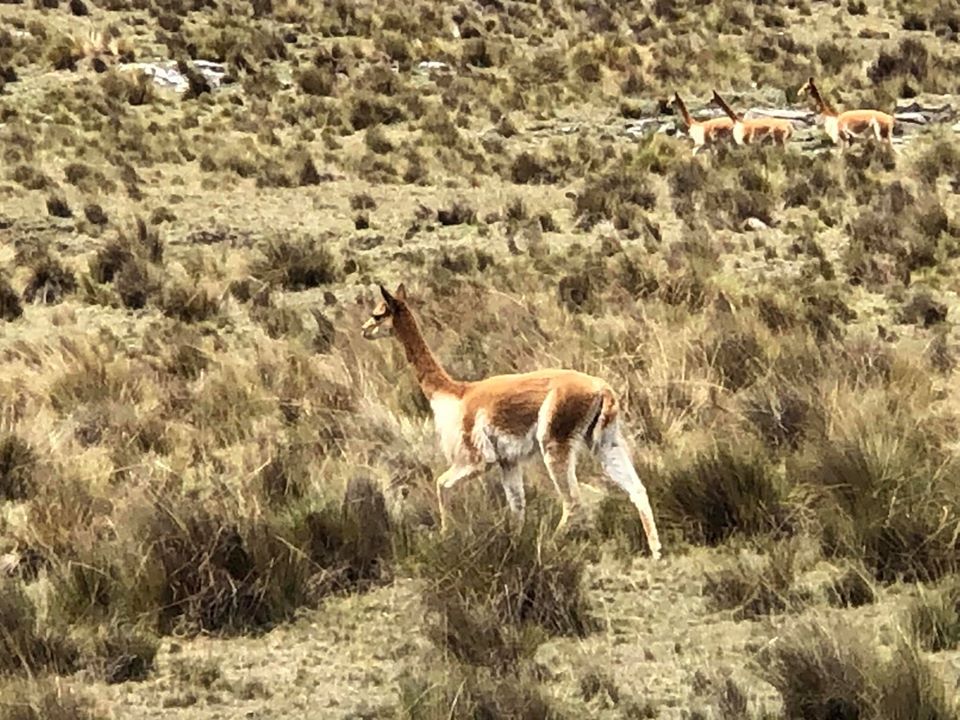
The same day I finally crossed the Andes and stayed overnight in a small town La Mersed already in Selva.
Peru. Selva
Today I had the most eventful day in Peru!
And it started with a damaged wheel.
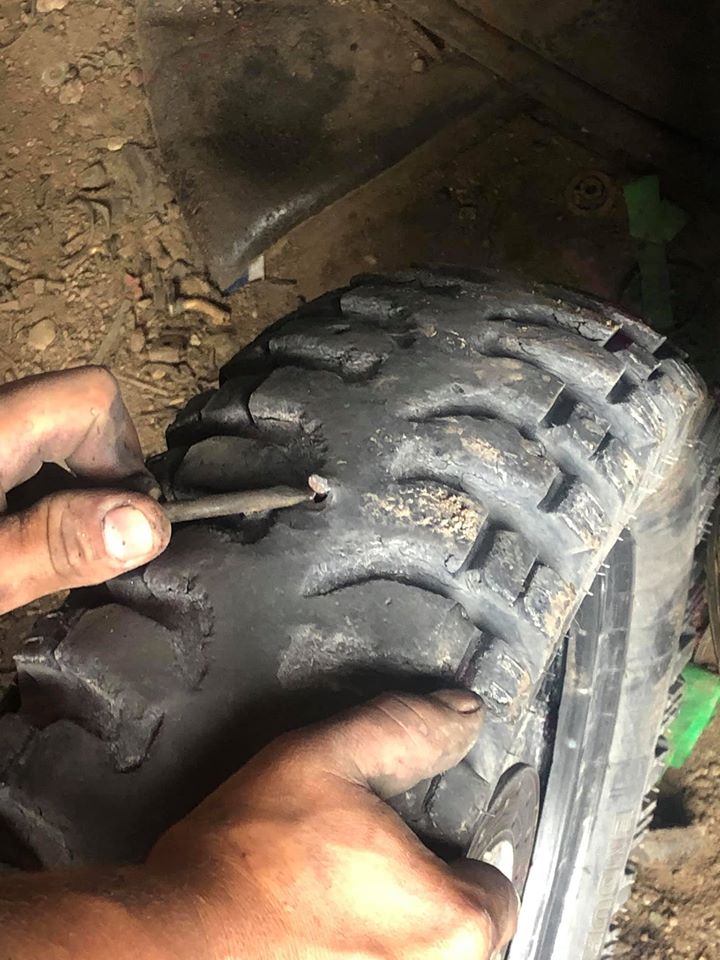
It was good that I hadn't ridden too far from the town. I found a small tire shop, in which an Indian man from the Quechua tribe quickly sealed the inner tube, removed the wheel and installed it back for 7 soles (≈140 roubles).

I was going to a remarkable town Pazuzo in the middle of the jungle. A beautiful road with smooth turns along the banks of the burgundy Rio Huancabamba river on the rightand impassable jungle on the left was so enjoyable that even a short-term downpour did not spoil my way.
Some small stones on the asphalt and streams of water flowing across the road did not portend anything bad either. But I still wasn't meant to reach Pazuzo that day because a huge mudflow descended from the mountain and blocked the way. The mixture of stones, clay, mud and broken trees slid onto the road, having damaged a section of it.
For 3 hours the locals and I have been waiting for a huge truck to break through the slide, but it hasn't made any success.
I turned back and, having wandered through the night jungle, went to the town Oxapampa, where I experienced a local holiday celebration and saw a very unusual performance. But I'll tell you about it later.
Peru. Selva. Oxapampa
It's a small town in the Peruvian jungle. I came here late in the evening after I ran out of patience to wait for the road to be cleared from the mudslide that had descended in the morning.
When I was riding along the streets of this town in search of a place to stay overnight, I heard the loud music and saw a lot of people in a huge lawn. It looked like a recreation park, a market at the weekend and a party at the same time.
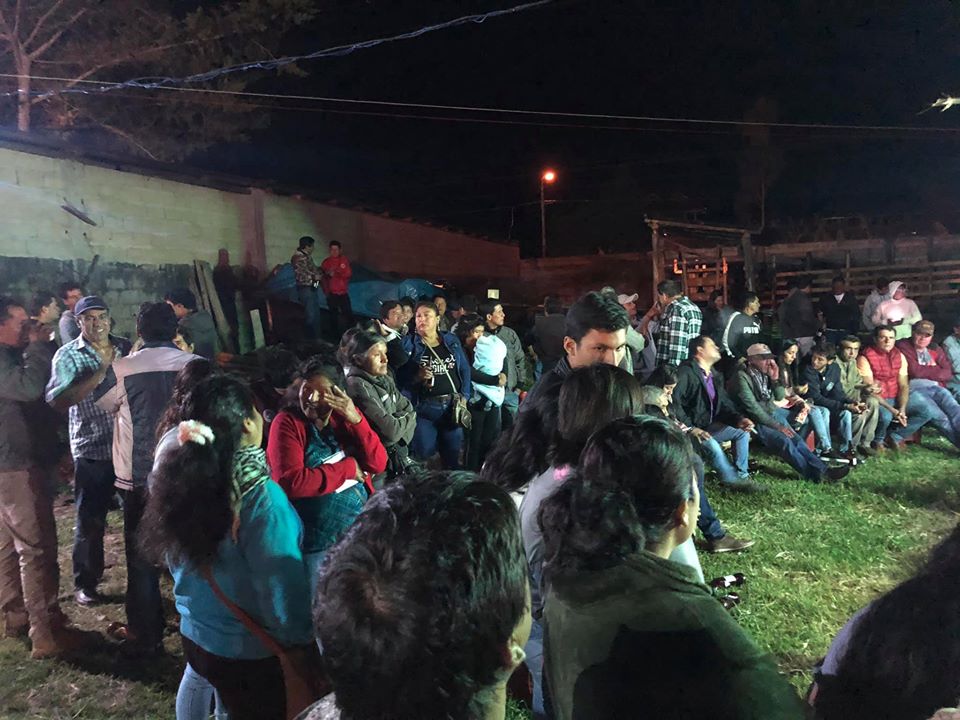
I wonder how people in the Peruvian countryside spend their weekend. Let's see!
In general, I didn't see anything special. The music was playing from the stage made of wood boardsboards and the people were walking between the tents in which different food, beer and fried meat was being sold. Also loads of toys, clothes, various souvenirs and jewelry were placed on the stalls.
But in one particular place I noticed a crowd of people. They were standing and sitting on the grass around a small arena, seven metres in diameter, which was fenced with a grid with two entrances. No action had started yet, but people kept coming up and settling down comfortably. Obviously, some kind of performance had been planned!
I was intrigued and decided to wait for the beginning of a potential spectacle. And I didn't regret it!
Peru. Selva. Pazuzo
Travelling through the jungles of Peru is so exciting! Every trip becomes an adventure full of surprises. Threse surprises may not always be pleasant, but that's what makes adventure itself.
Today I decided to make the second attempt to get to a mysterious place in the Peruvian jungle. A small town named Pazuzo.
My first attempt was unsuccessful yesterday, as the road was blocked by a mudflow that had descended from the mountains.
The path turned out to be unbelievably beautiful! A narrow strip of asphalt had been paved through the jungle. It was bounded by rocks and mountain slopes on one side and an abyss, at the bottom of which the river was bubbling, on the other.
Sometimes the path turned into a narrow corridor and led through a riot of greenery, crawling lianas and huge leaves of some unknown trees. In many places large segments of the road had collapsed into the abyss, so the cars had to press close to the rock in order to overcome the dangerous sections. Sometimes small monkeys ran across the road and huge, palm-sized butterflies and unusual birds of bright colours fluttered.
It took me 3 hours to go 80 km from the town Oxapampa, where I spent the night, because I was often stopping to take a photo or just admire the nature. The waterfalls, suspended bridges, crazy views of the river valley and sheer cliffs impressed me a lot!
And what my surprise was when I saw a beautiful arch with Austrian flags and coats of arms, a red-white-blue bridge across the river and the signmark "Welcome to the Austrian colony Pazuzo" straight ahead!
Can you believe that while I was making my way through the jungle, I suddenly found myself in Austria, on the opposite side of the Earth? The houses were built in the Austrian style with well-groomed gardens, fences and clean streets. I also noticed a church with a bell tower and signmarks in German: "Schule", "Restaurant", "Geschäft". Wow!
I went into a small restaurant and asked for a ham hock and a beer. Unfortunately, there were not any ham hocks in stock, so I ate a Bovarian sausage with Austrian beer with great pleasure!
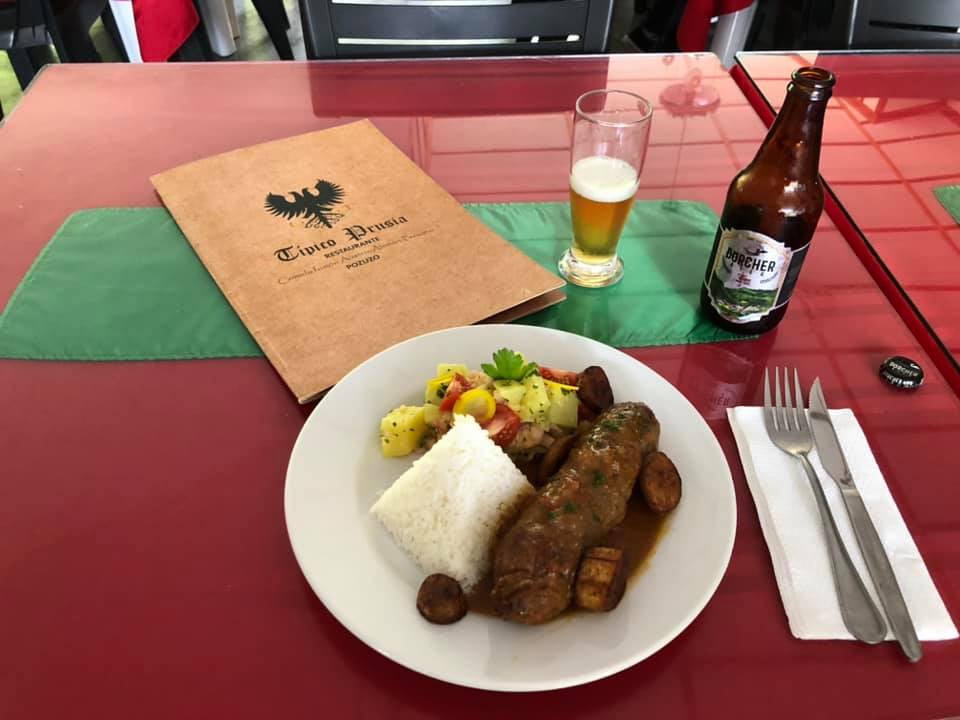
After talking with the owner of the restaurant (he spoke English a bit), I rode along all three tiny streets of this small town once again and left it with the emotions of surprise and satisfaction.
Could you imagine something like this in the Amazon jungle? ;) ;)

Peru. The Andes. The way back
Today was the last day of my motorbike journey to Peru. And if during the first and the second day I had to overcome some difficulties, which ranged from unpredictable weather to health problems caused by altitude sickness, now I was fully rewarded for all the past suffering.
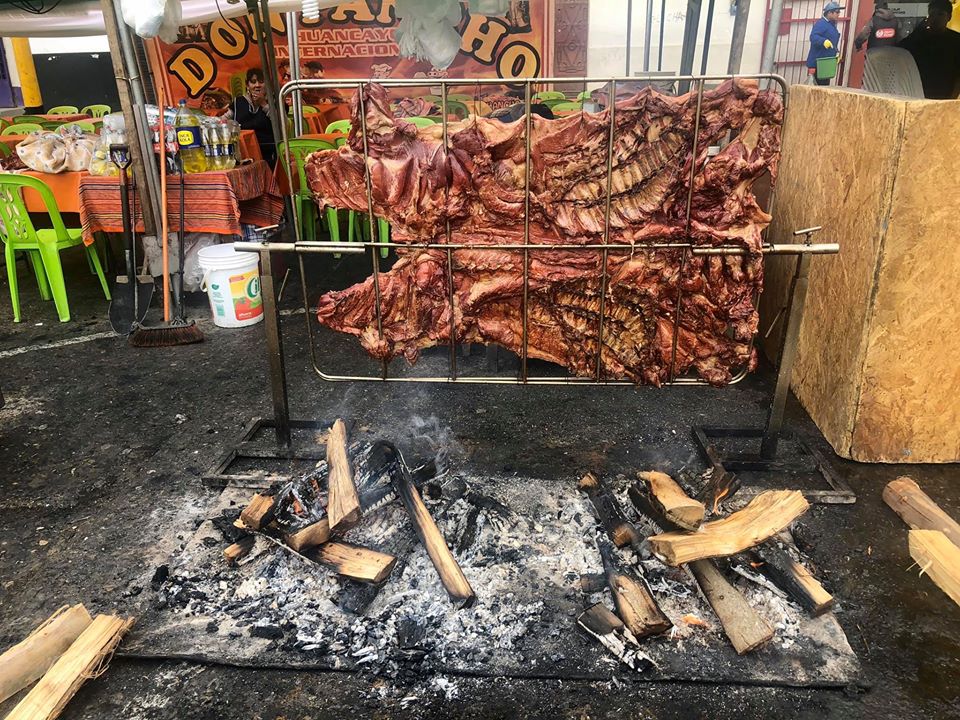
It was a lovely sunny day. I spent the night at an altitude of 4200 m again, this time in the town Cerro de Pasco on the eastern slopes of the Andes. And everything was fine. I had purchased at a local chemist and then taken a few pills in advance. In addition, as I had spent the two previous nights in the jungle at an altitude of 1800 m, the mountain sickness didn't have a single chance to strike me.
The only inconvenience was that the hotel was located in the centre of the town and its windows faced the central square, where all the residents had been partying almost until morning. There was a lot of music, songs and fireworks. This way they had celebrated a holiday, kinda of our "City Day". In general, I noticed that the Peruvians really like to organise holiday parties and demonstrations. It might be called their hobby.
The rocky road led me along the gorges and rivers again. It was following the line close to the steep cliffs, then looming around them and pointing to the top of the already familiar Avga Antajirca pass 4780 m high. But I had the impression that I was riding there for the first time, because the sunny weather transformed everything around completely! After the height point of 4000 metres I began to meet alpacas and llamas near the road: both single and in herds. I wonder why I didn't meet them on the plain or in the foothills…
Wonderful birds with powerful curved beaks were swimming in the small lakes, in which the rocks were reflected.
There's a certain beauty in it!
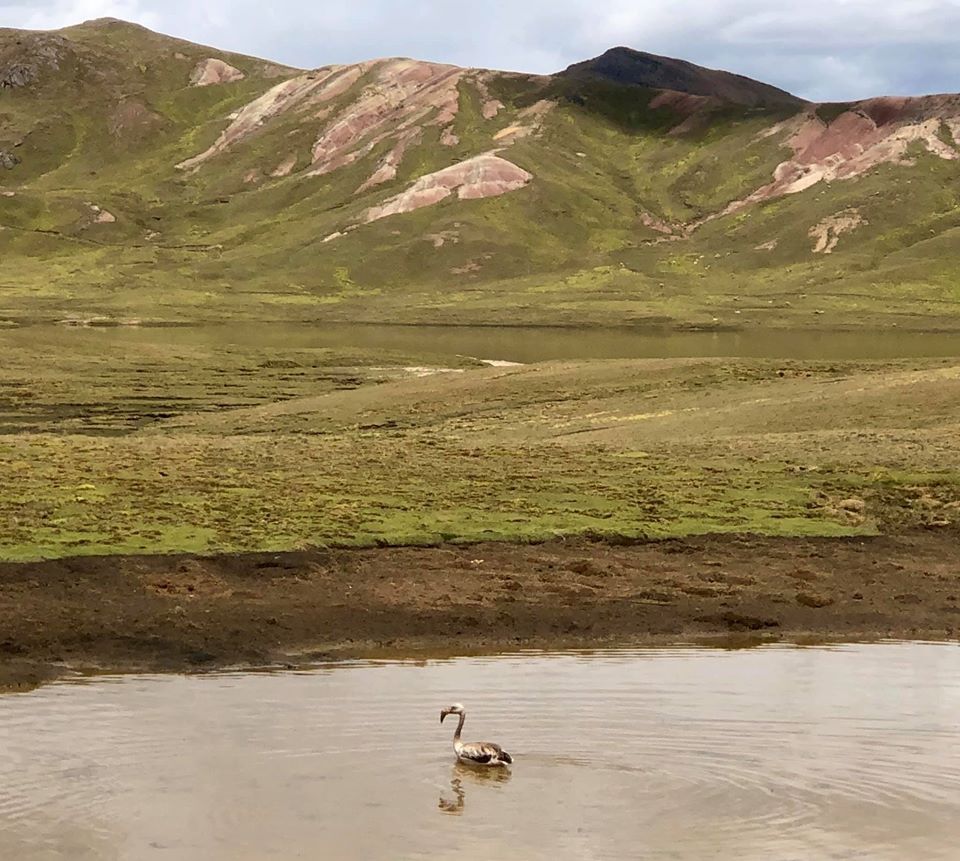
People in Peru
Globalization erases the differences between people and towns in different continents. When we get to any big city (even on the opposite side of the world), we take out our smartphone and book a hotel via Booking, call an Uber taxi and order some burger at McDonalds.
But there are places where all these nice words don't make any sense. However, you have to leave the usual city bustle for desert, mountains and jungle in order to get there.
There are still many such remote areas in Peru. People live there, of course, not like a hundred or three hundred years ago, but they have mostly preserved the traditions of their ancestors. Half of the population of Peru are Quechua and Aymara Indians. The rest are descendants of Spaniards, mestizos and other nationalities.
When I was travelling across the mountainous part of Peru and the jungle I tried to communicate with the locals (most of whom were Indians) as much as I could. The majority of them speak Spanish, but in villages there are some people, who still use the language of their ancestors in everyday life.
In Soviet times the Fenimore Cooper's stories about mysterious American Indians were very popular. Basically, according to his books, we imagined what were the Indians like: strong, tall, agile and fearless warriors, who wore eagle feathers instead of hats. And thanks to the wonderful films, for example, "Chingachgook, die große Schlange", the image of an Indian was shown in a real human appearance.
In fact, Gojko Mitić, the most well-known Indian actor of all time, a muscular athlete over 180 sm tall does not look like a typical Indian.
Real Quechua men and women are short (150-160 sm on average), well-built, stout, but not fat. They have got coarse-featured faces (especially the elderly women), their complexion is dark, slightly reddish.
These people are simple and pleasant to speak to. They smile naturally, not like Europeans or Americans with their forced plastic smile. And they easily make contact. Without any knowledge of their language I managed to communicate with people in a street, at a petrol station, in a shop. Actually, that was very funny and mutually interesting.
For holidays they dress in bright national clothes, especially the women. They wear knitted sweaters and skirts of all colors of the rainbow, hats that resemble opera-type ones, decorated with ribbons and flowers. It looks awesome!
The Quechua language is very melodic and isn't similar to any European.
The majority of people, living in mountainous areas and Selva, do cattle breeding and land cultivation. As a rule, hard work leads to early aging.
They live in small houses (some live in poverty), but at the same time they often celebrate holidays and, in general, it seems to me that they are not prone to sadness and depression. Maybe that's because they don't live nearby the MKAD (Moscow Ring Road). :)

Aсcording to European beauty standards, the local girls could hardly be spoken off as models, but some of them are pretty!
Children are wonderful like everywhere else. The men aren't that handsome.
Peru. About food
Have you ever tried fried cuy? No? And I couldn't miss the opportunity to have this "delicacy".
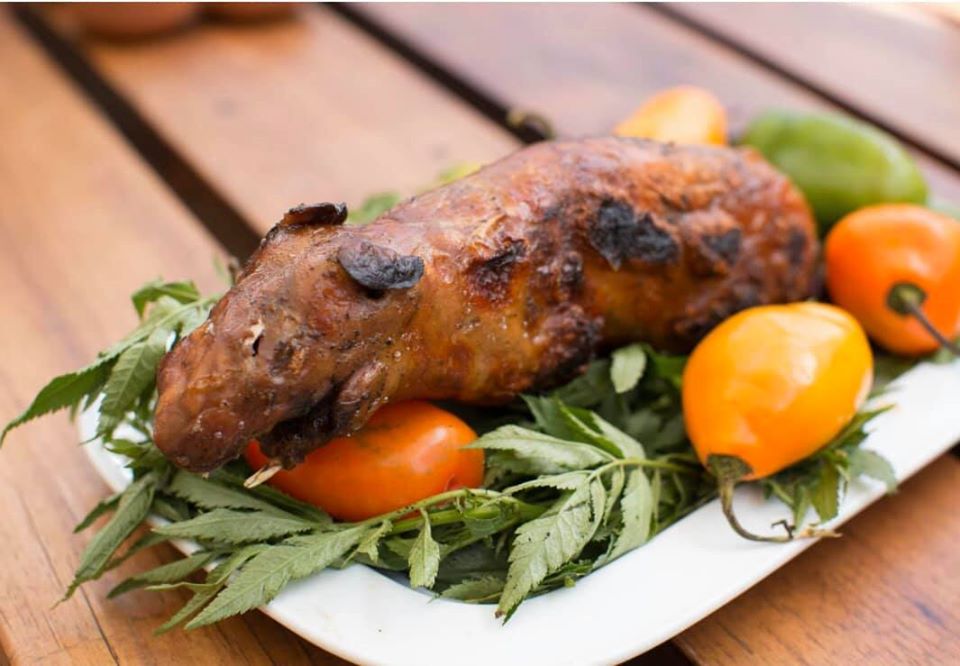
I have tried out many different exotic dishes in my life: crocodile meat, fresh snake blood with bile and rice vodka, fried scorpion, ostrich eggs, frog legs, bull... tail and so on. The majority of these delicacies can be described as just a dish to degustate once and I didn't have a desire to treat myself with them again.
The same feeling I had about cuy. It tasted quite decent, though (similar to rabbit meat or chicken).
In the villages it is cooked simply. They put the whole carcass on a skewer and fry it right on coals. Right with its tail, head and teeth. That's an unusual sight!I was unlucky, because in the restaurant cuy was served in a butchered form.
In general, Peruvian cuisine is quite diverse. If you stay in a big city, of course, you will have an opportunity to visit decent cafés and restaurants. Fish and seafood is very common in the ocean coast. The most popular dish is called Ceviche. It consists of pieces of fresh fish and other seafood, poured with lime juice and served with onions and corn.
Meat is common in the mountains and jungles: mutton, beef, llama meat. Rice, potatoes and corn are eaten everywhere.
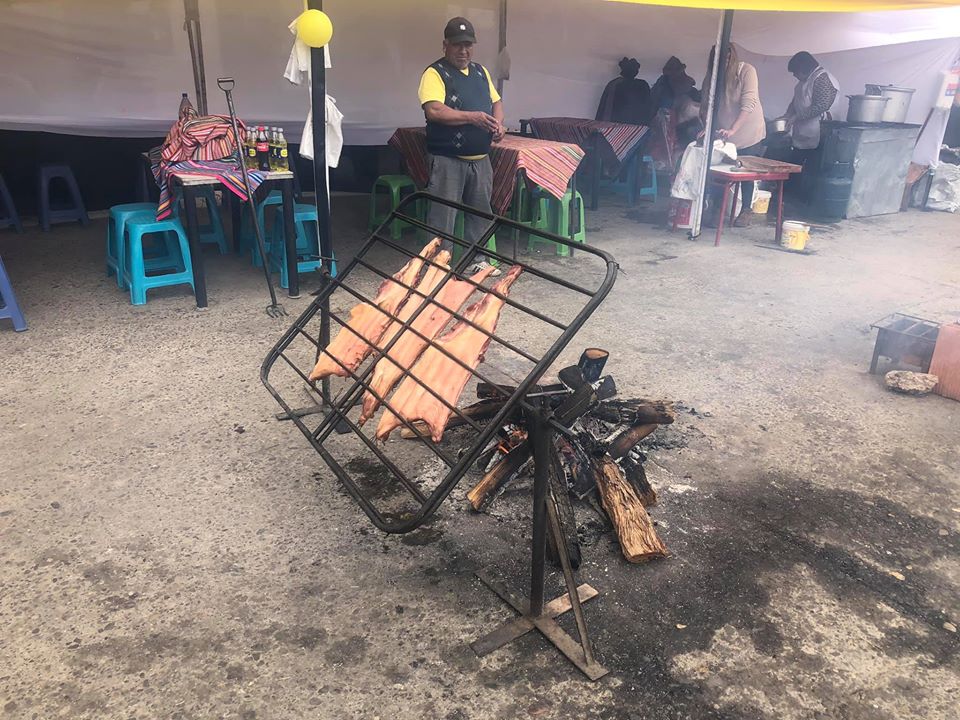
A lunch in the village canteen costs 5 soles (100 rubles). For this money you will be offered corn soup, fried chicken with rice and juice/compote. It is quite tasty and nutritious.
Street food is also very popular in South America. Along the sidewalks you can find food carts, in which meat, corn, rice, some pies and soups are cooked on the gas stoves. Everything is cheap and delicious! And the food smells up to ten metres around.
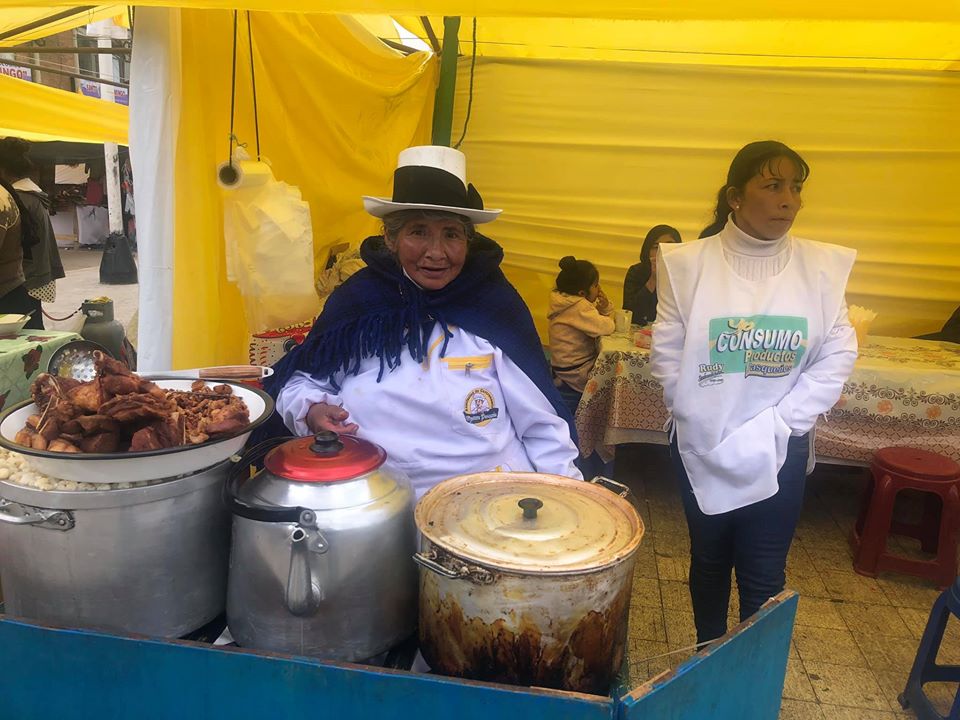
Roads in Peru
"Oh, the roads, dust and fog…" (as in the Russian song)
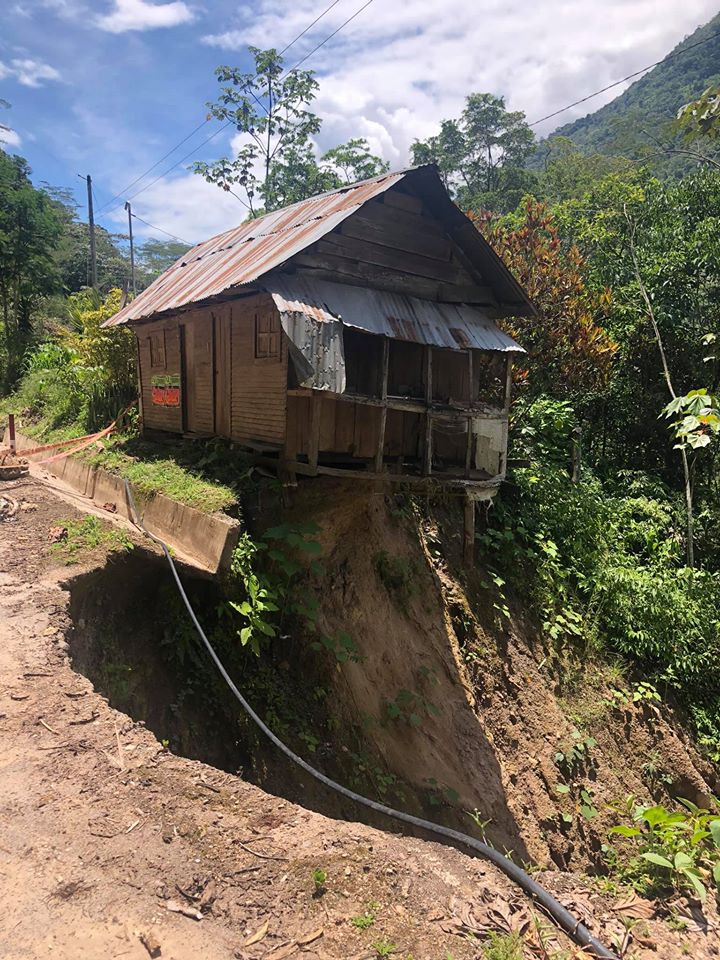
The roads in Peru are excellent (the ones that were paved, of course). But it isn't always possible to drive quickly along them. If you can race at high speed along the highway, which goes along the Pacific coast, then in the mountains it is quite difficult to do so for obvious reasons.
Furthermore, there are numerous sites closed for repairs and with reverse traffic, which may become an obstacle on your way.
The problem related to the roads laid in the mountains and in Selva can be explained by the fact that during the rainy season (which lasts from December to April) a mudflow can descend onto the path and take with it not only stones and trees but also huge segments of the roadway.
Alternatively, the river may wash the shore and if it falls down, it will take a segment of the road into the abyss too. I had been travelling around Peru only for a week but came across situations like these several times.
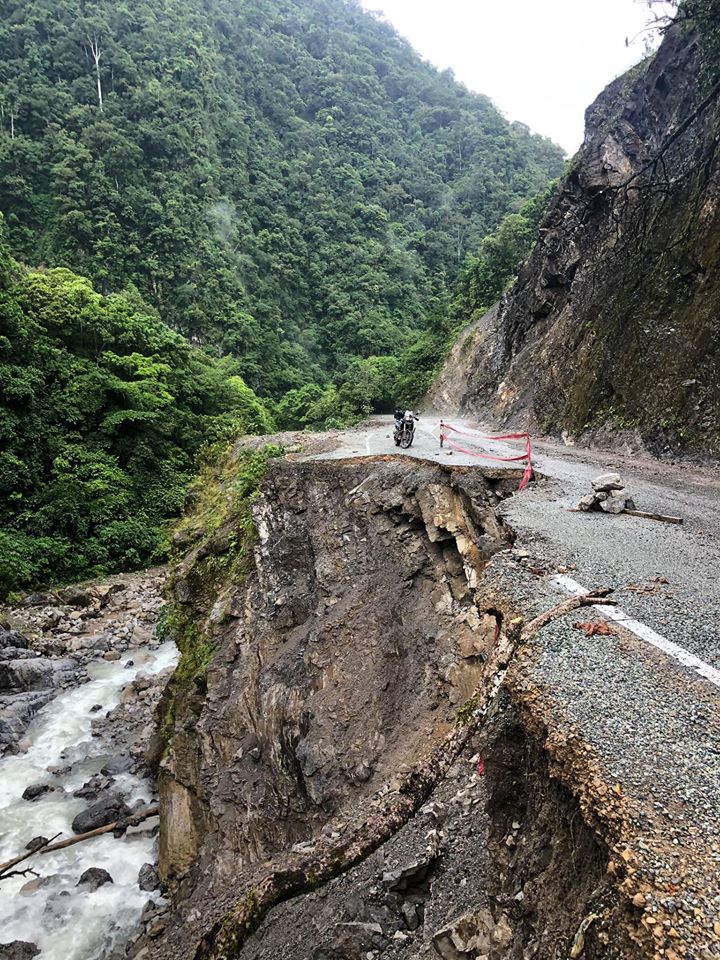
People are used to such environmental disasters and perceive them as something predetermined, like snow, rain or wind. They can keep waiting for hours and even for days until the truck comes and cleans the path. And nobody tends to make a fuss or curse the Authorities.
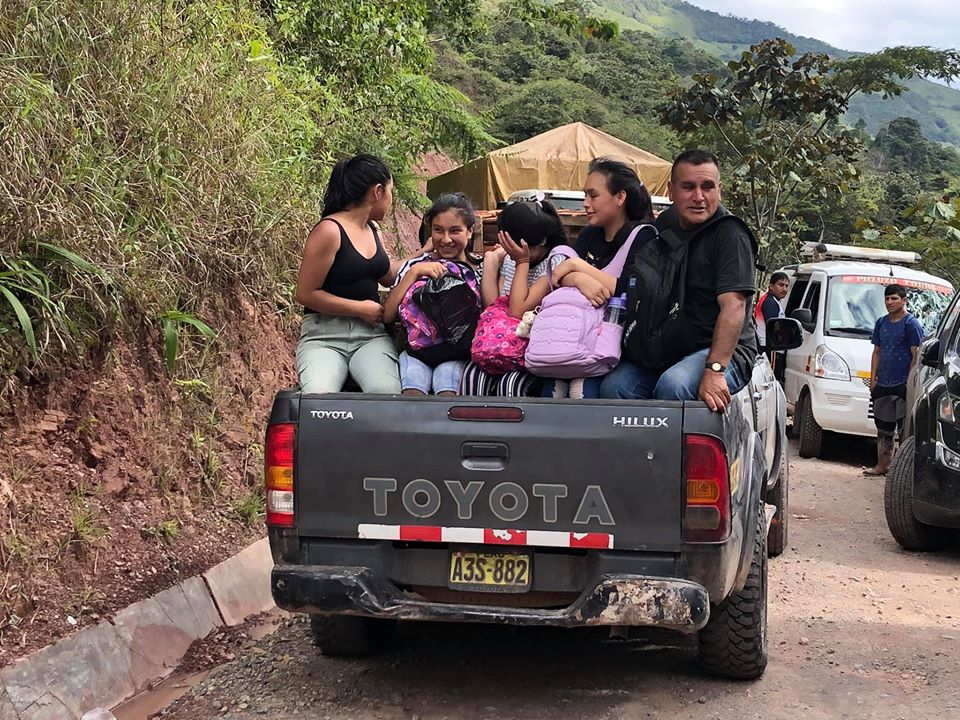
Once I had been waiting for 3 hours with several dozen of my companions in misfortune. The mudflow was so huge that the truck didn't make any progress within this time but there were no complaints heard. As a result, some people took off their shoes and went through the viscous clay on foot.
Nevertheless, in general, roads are monitored and maintained: roadsides are cleaned, road marking is restored and damaged segments are repaired quickly.
The traffic on the highways is quite dense and I have not seen any video cameras. There are police patrols and I've seen how they stopped drivers for violations and filled in the protocols.
The motorbikers are treated well here: there is an organised narrow corridor in the right line of the paid sections of the road, along which they pass for free.
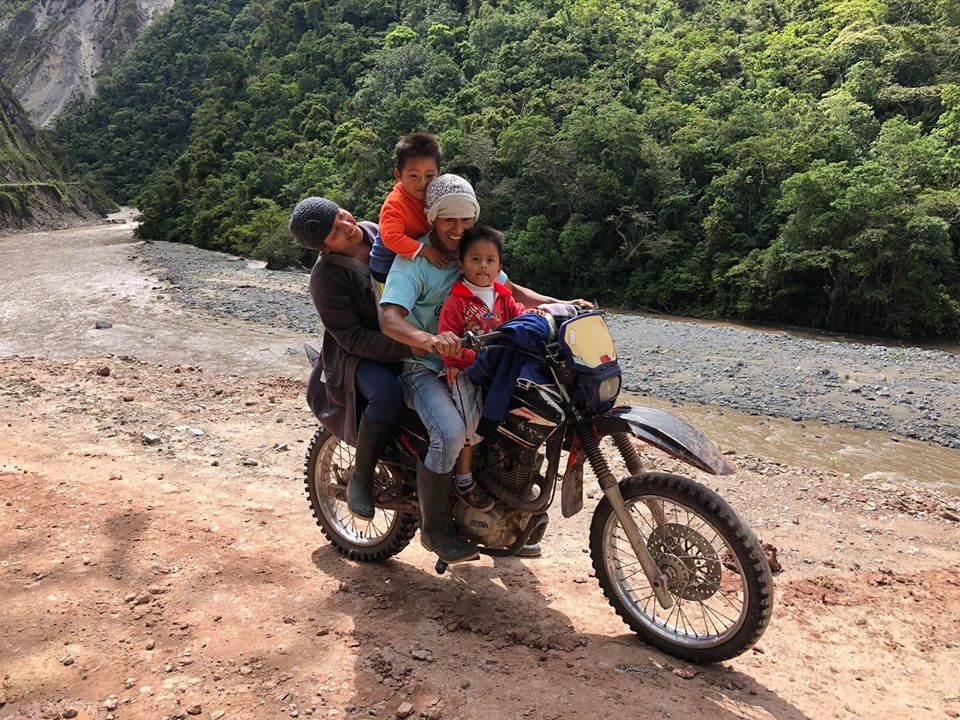
In cities you can ride between the cars, but you should be very careful because there is little space. For example, in Lima car drivers do not follow the line and do not check the distance (to put it mildly, they drive as they please). Numerous taxis and pizza deliverers make the traffic even more extreme by squeezing into every gap that has appeared. I crossed the city by motorbike during rush hour twice and I must tell you that it felt like a dizzying merry-go-round. Now Moscow traffic jams seem to be a paradise for a motorbiker, believe me!
comments powered by HyperComments Cap-travel.ru
Cap-travel.ru